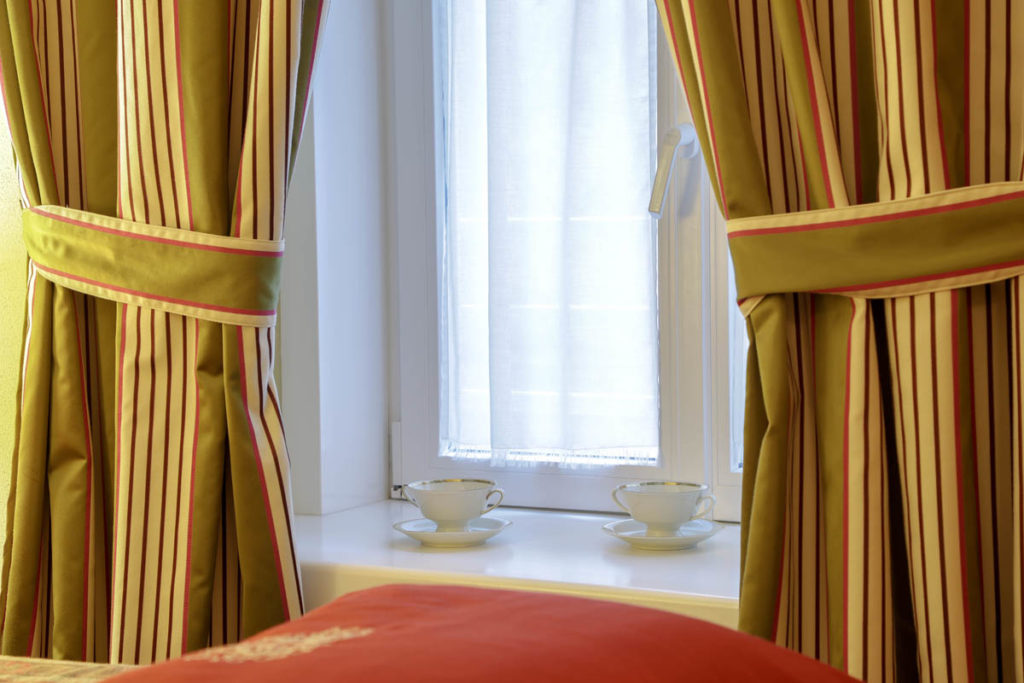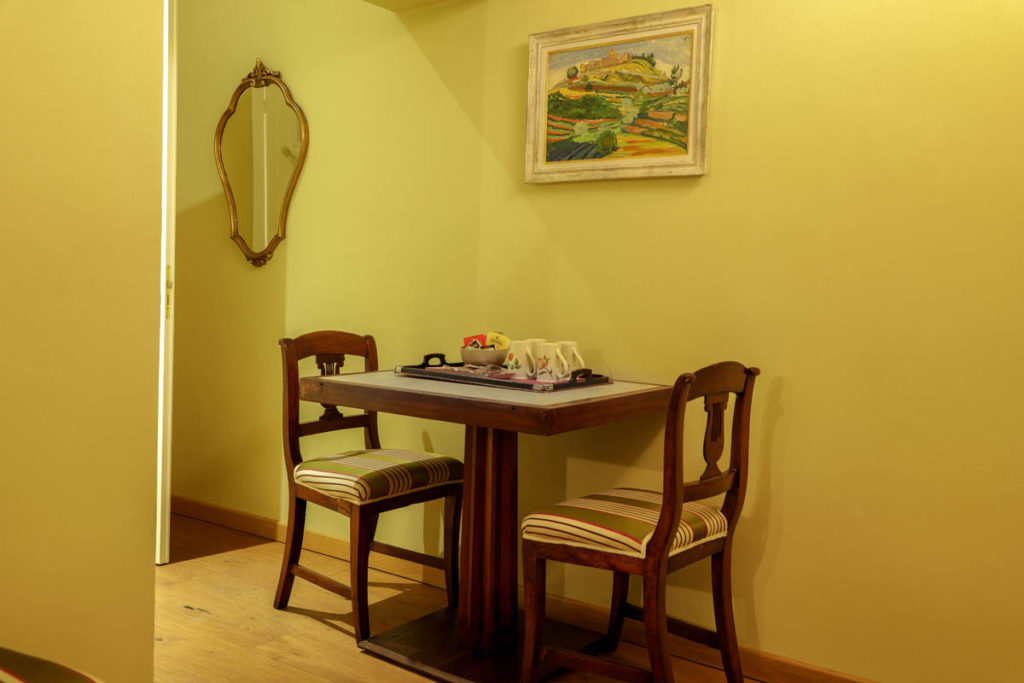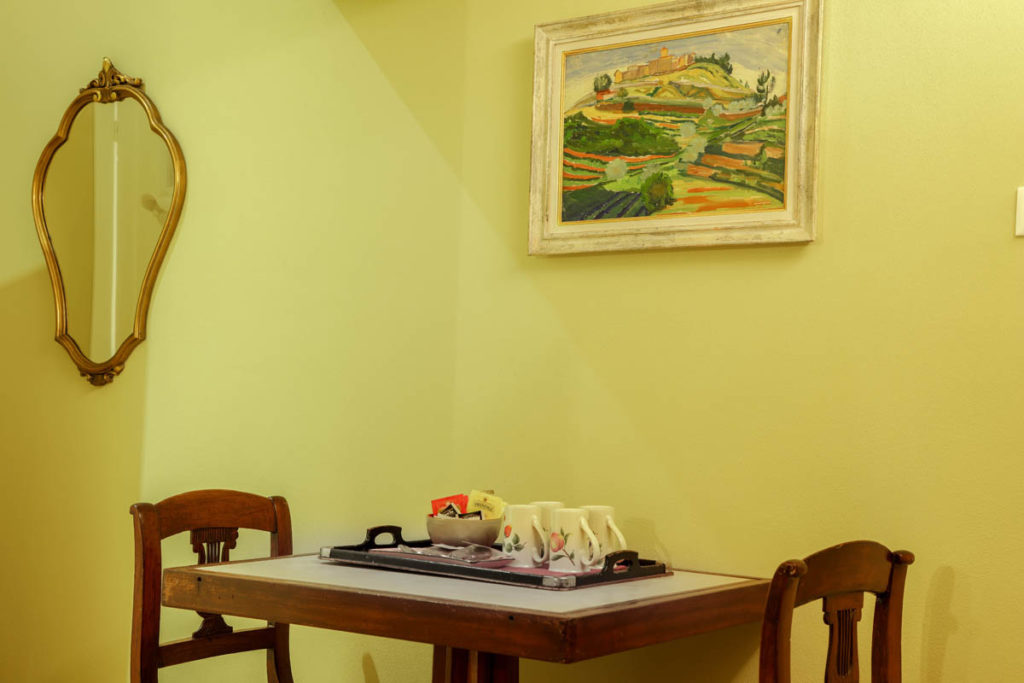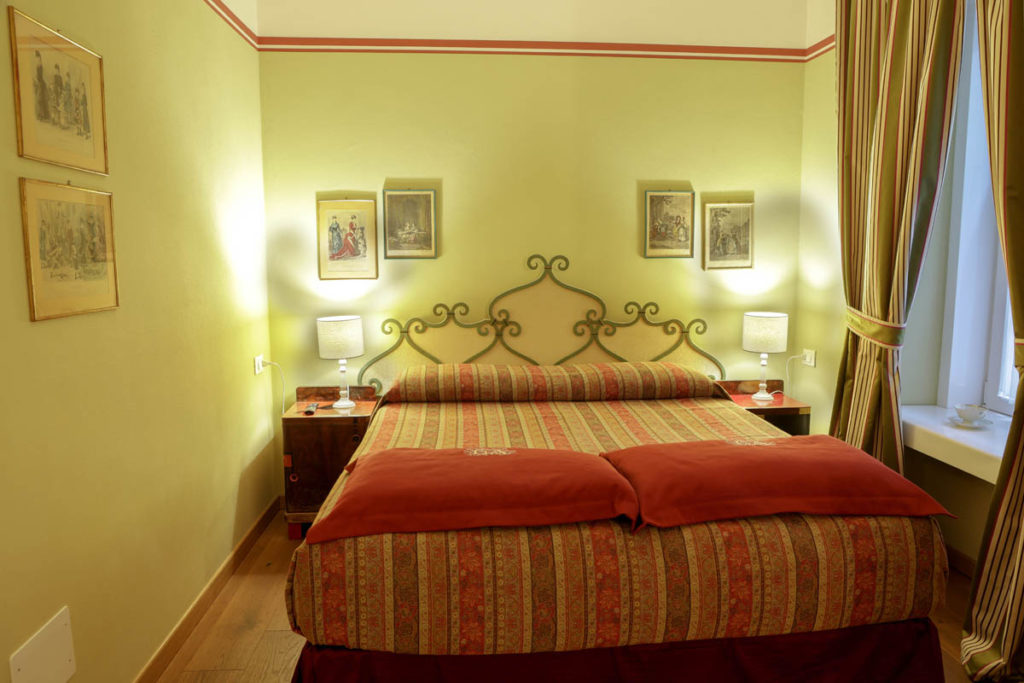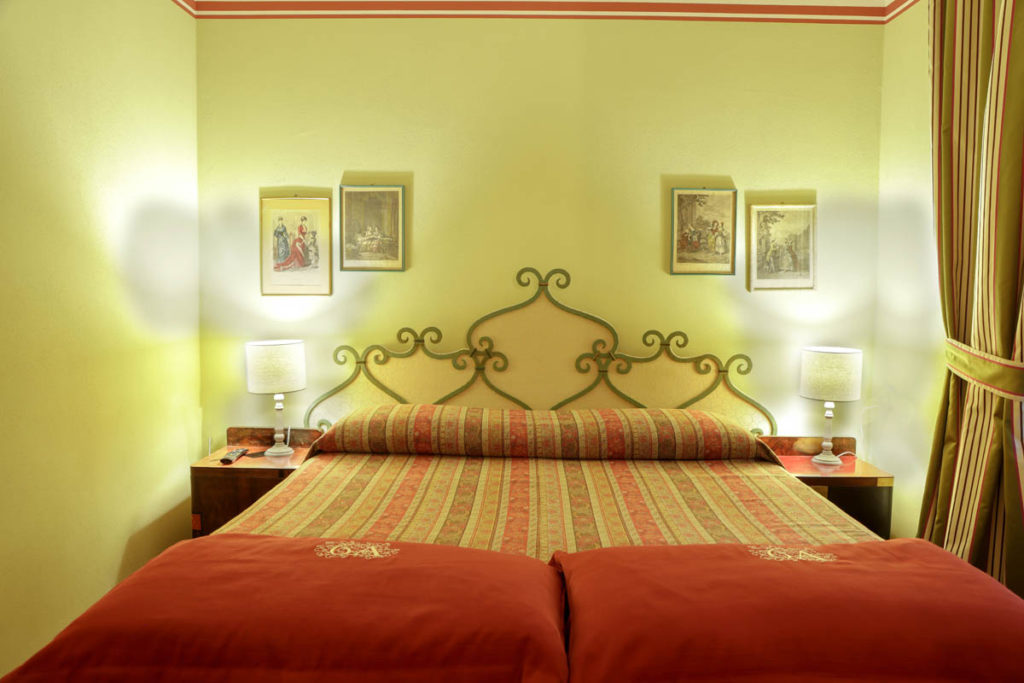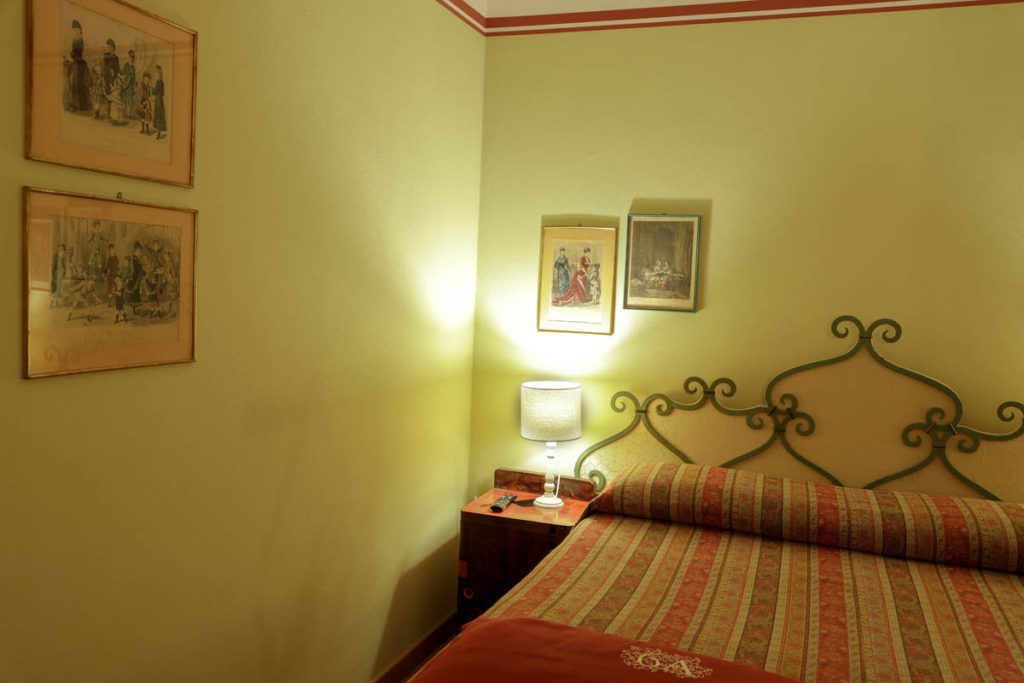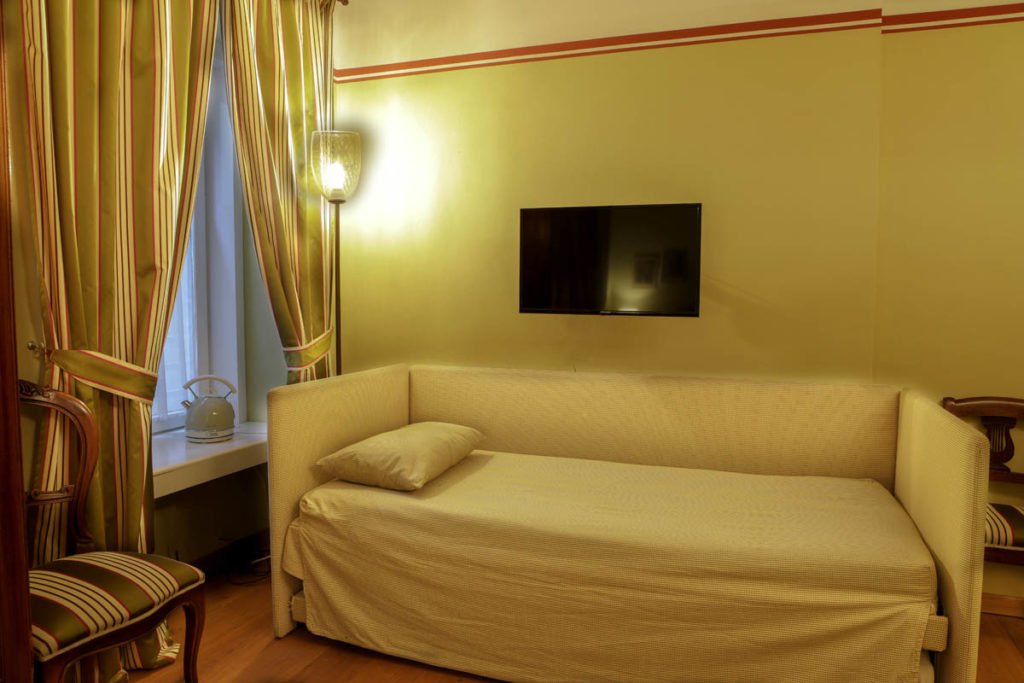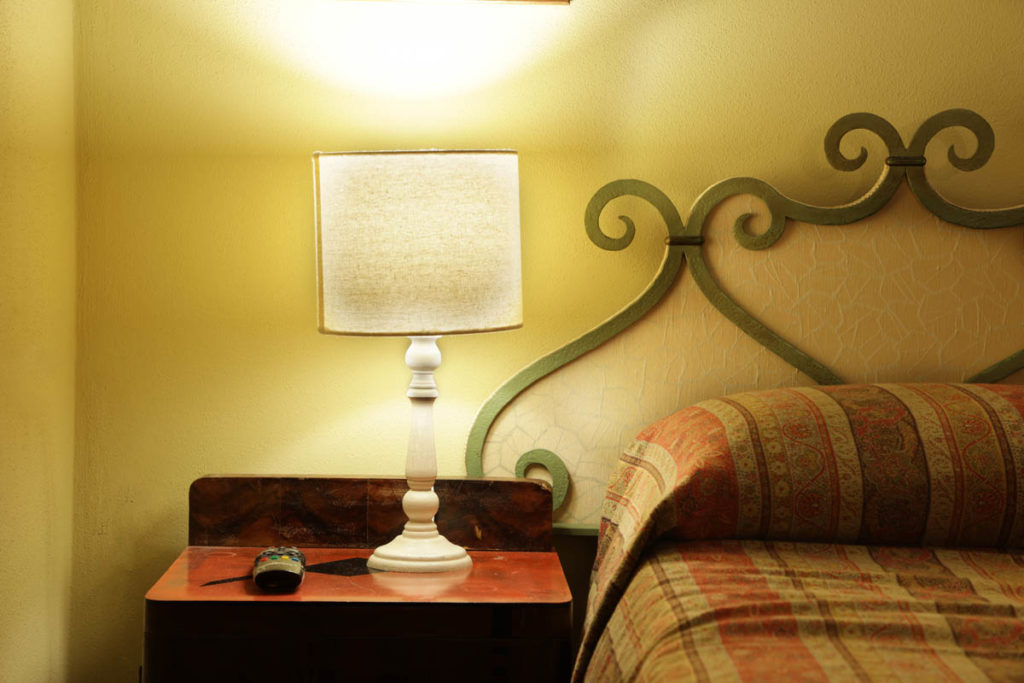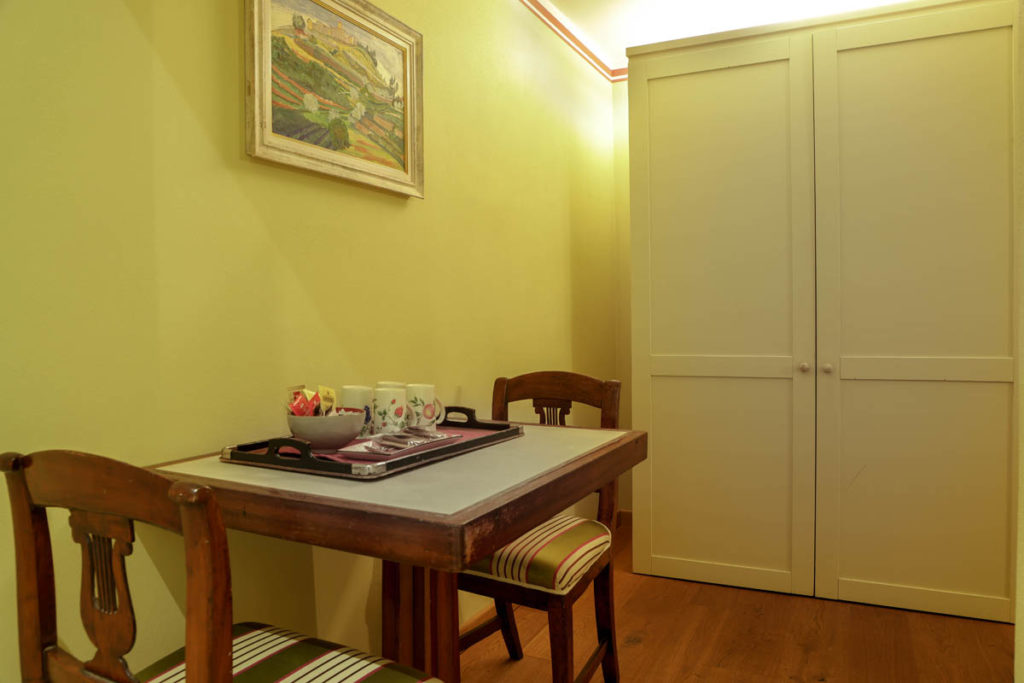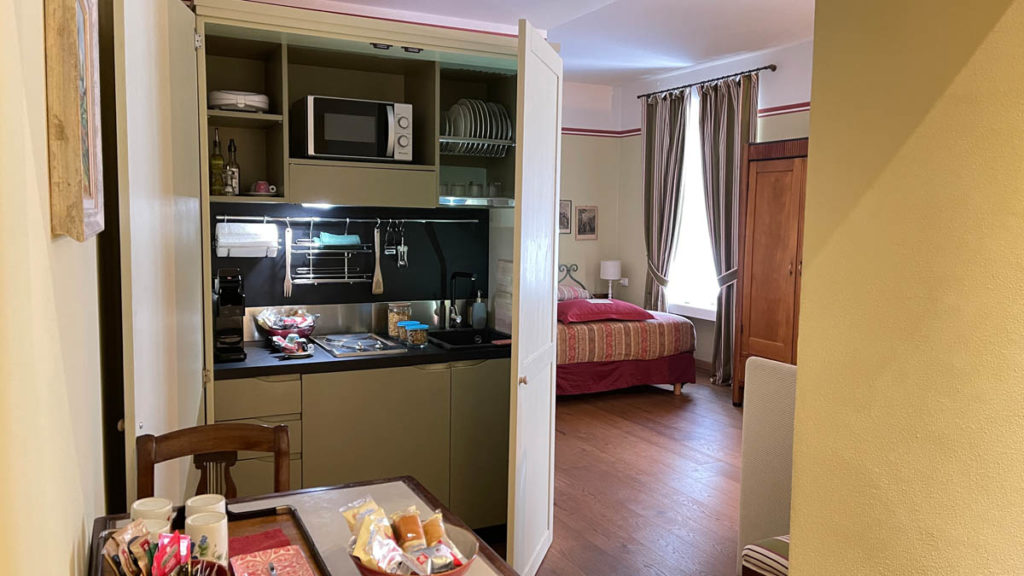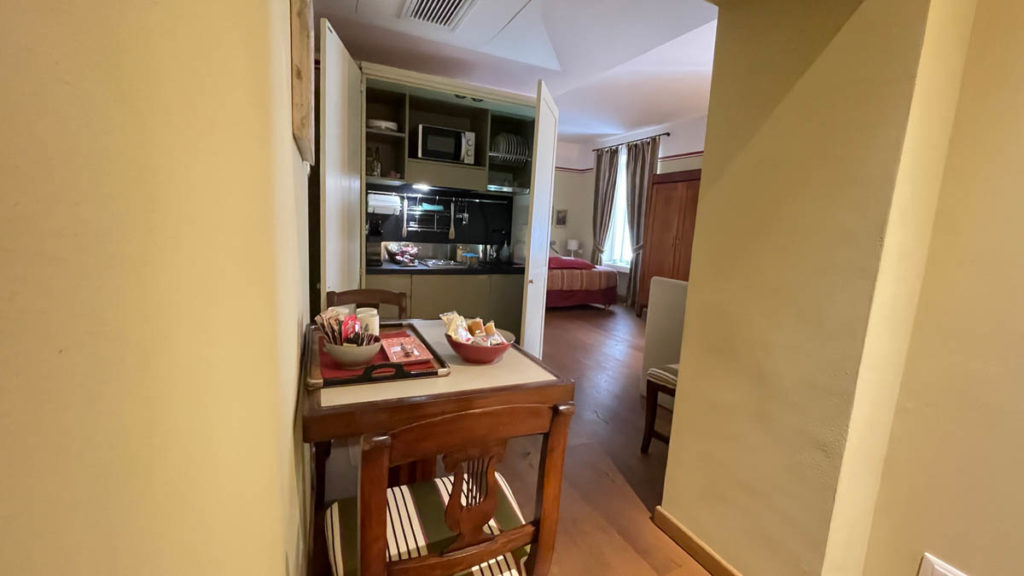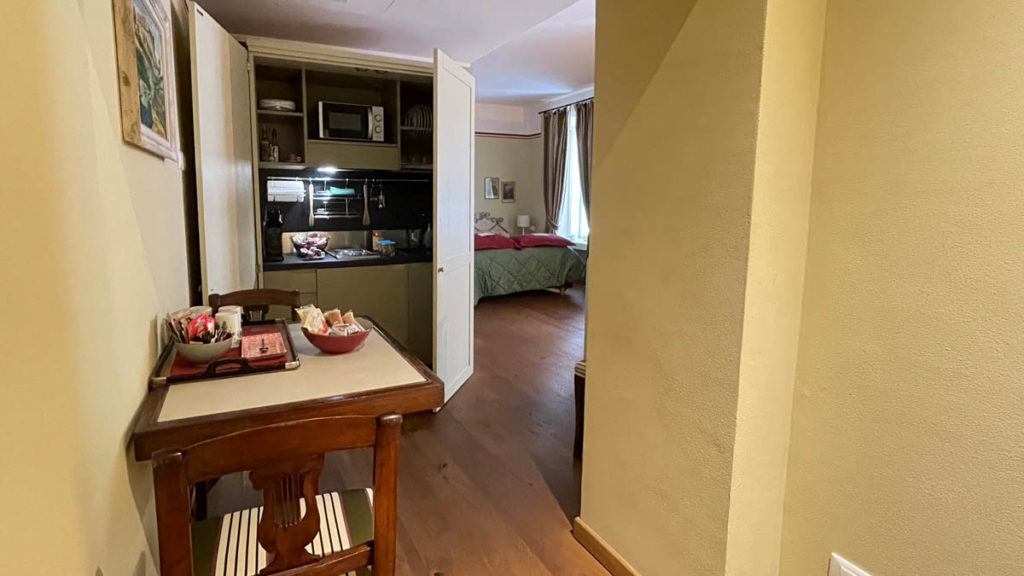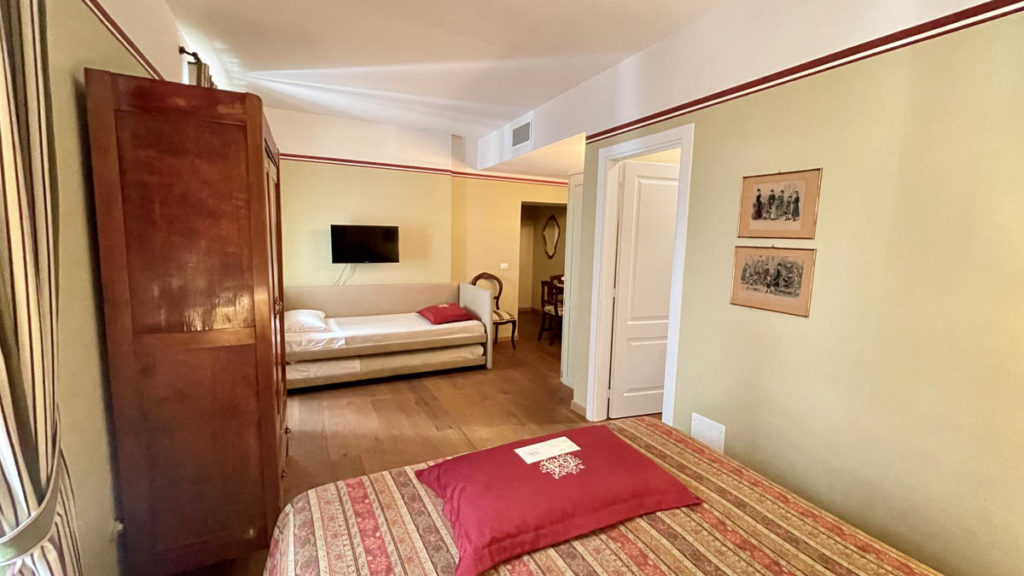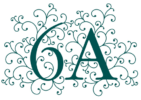The sense of openness and warmth has also been carried over to this building. The desire to ensure guests feel at home by giving them complete freedom is typified by the range of breakfast options opened up by the hideaway kitchenette in every room. Guests of Settima A can prepare their breakfast independently or request the buffet in the Sala Comune of Residenza Le 6A.
All rooms come with:
- en-suite bathroom
- digital terrestrial television
- WI-FI access
- air-conditioning
- hairdryer
- hideaway kitchenette equipped with preparation surface, sink, refridgerator, microwave, kettle, coffee machine, toaster; basic products are provided (salt, sugar, oil, vinegar, coffee, tea, infusions…)
- daily housekeeping
La Settima A
Our studios dedicated to James Joyce
Our Settima A, named for Anna Livia, brings together Italo Svevo and James Joyce.
The two met in 1907 when Joyce became Svevo’s English teacher, but the intellectual affinity between the two created a profound friendship that would endure for the rest of their lives. The Irish author met Svevo’s family, including his wife, Livia Veneziani. She would become one of the inspirations for the character of Anna Livia Plurabelle, the protagonist in one of the episodes of his final work, Finnegans Wake.
The rooms in Settima A are therefore dedicated to Joyce, and take their names from works written or published during the author’s Triestine period.
Giacomo
Most likely written 1912-1914, but published only posthumously in 1968, the story revolves around a female character who is seduced by the eponymous protagonist.
Many researchers have attempted to identify the individuals who inspired the writer, with the consensus being that she was most likely a combination of three middle-class Triestine students to whom Joyce gave English lessons: Annie Schleimer, Emma Cuzzi and Amalia Popper.
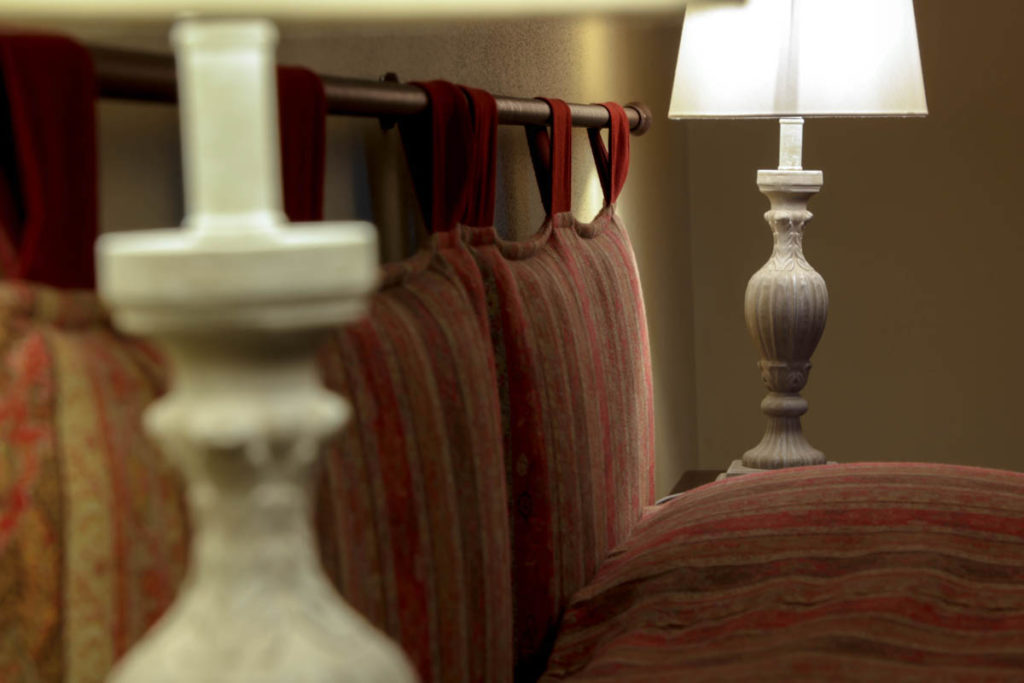
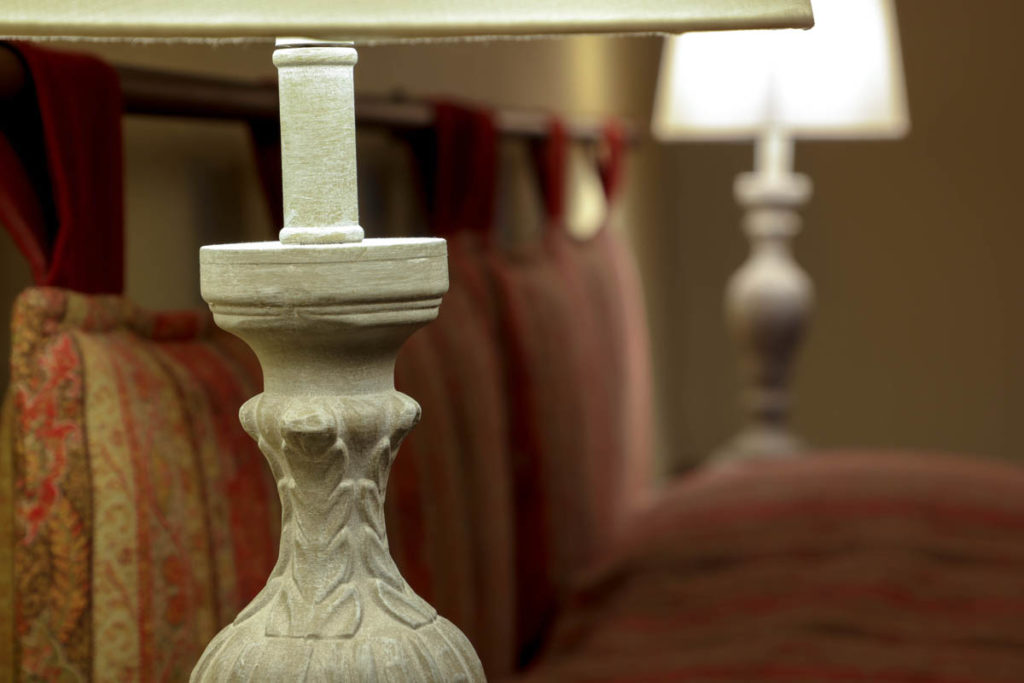
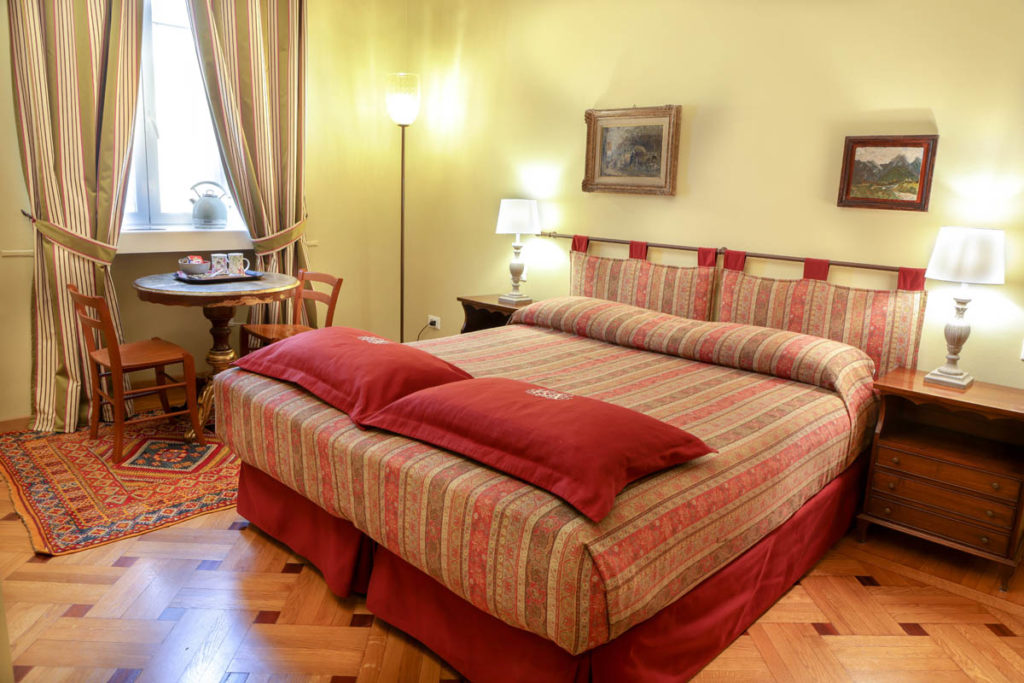
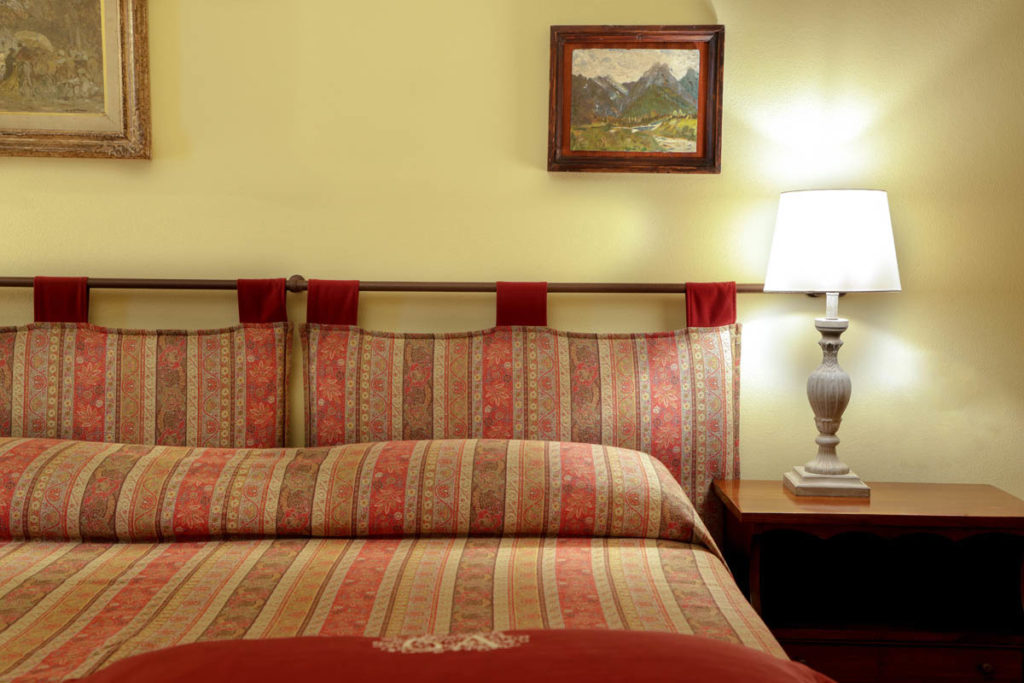
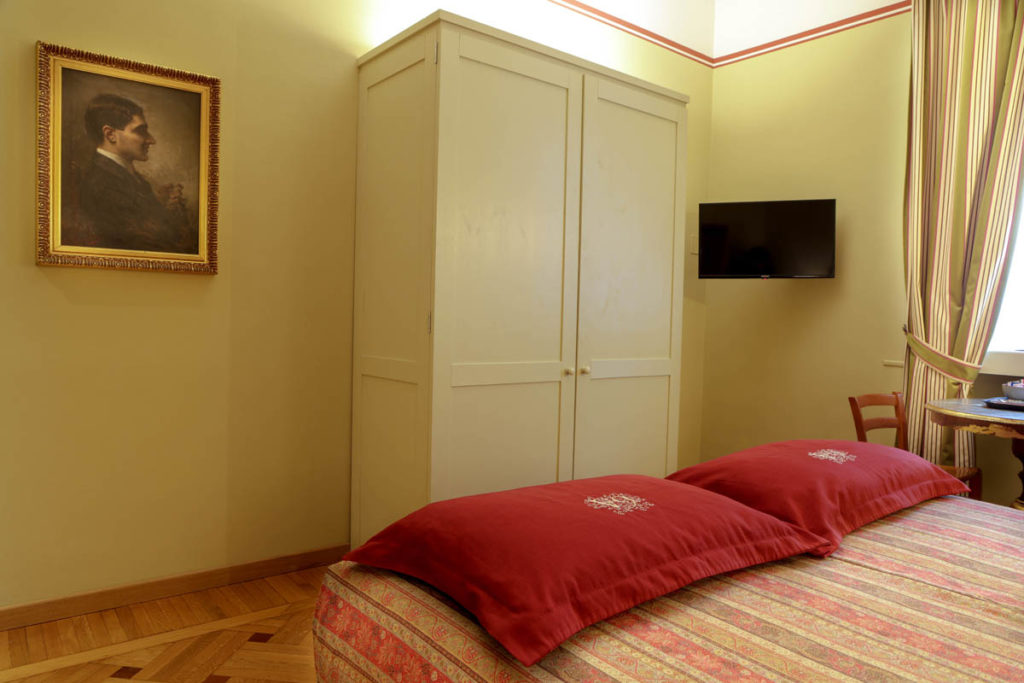
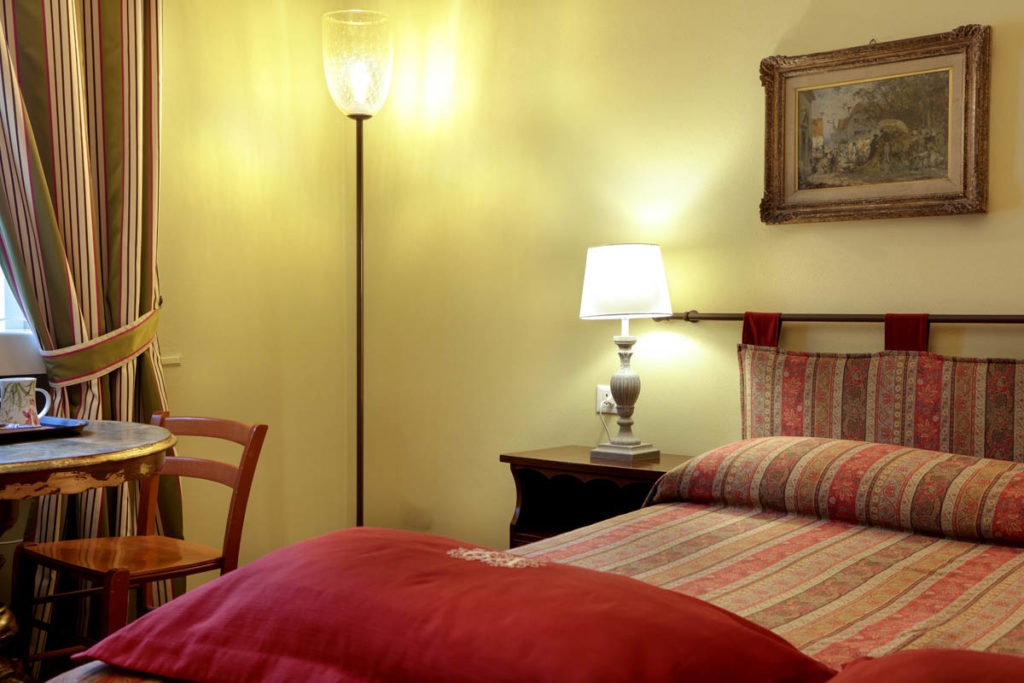
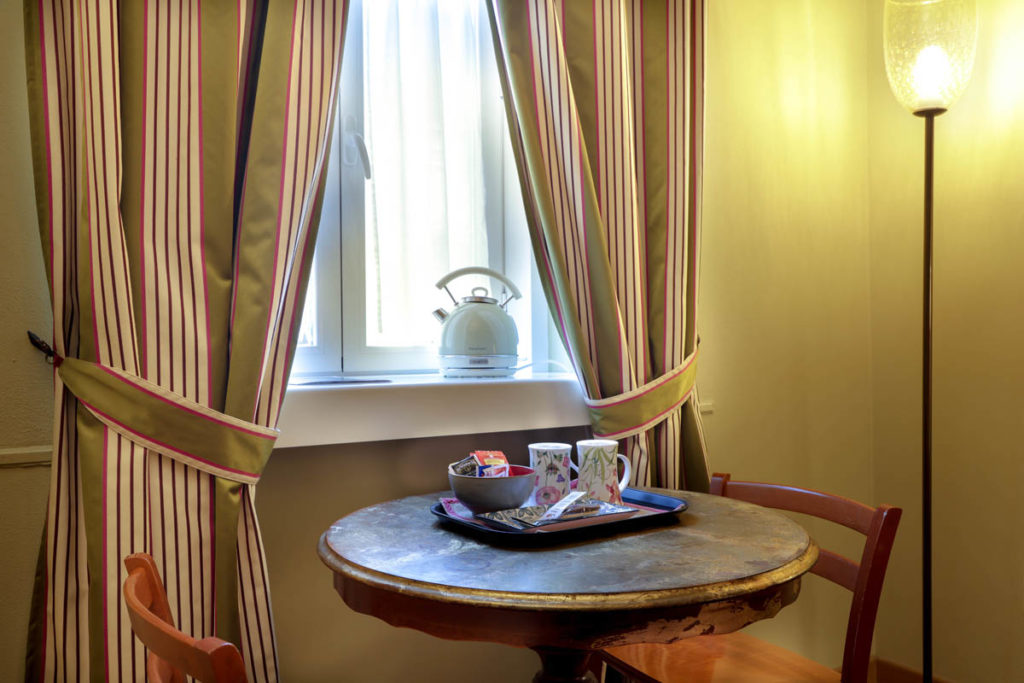
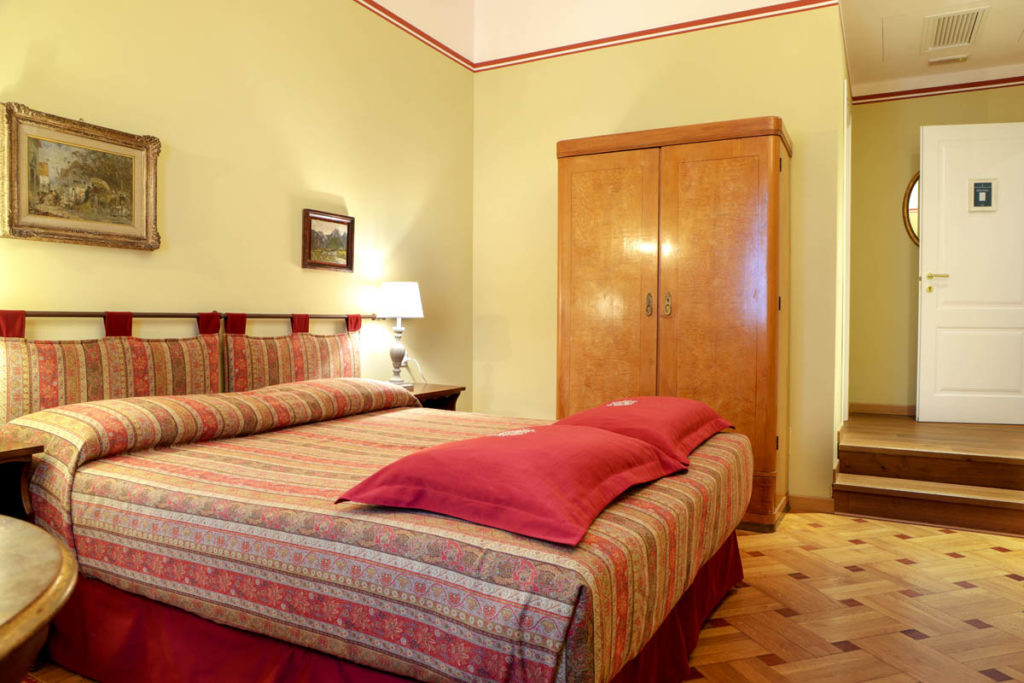
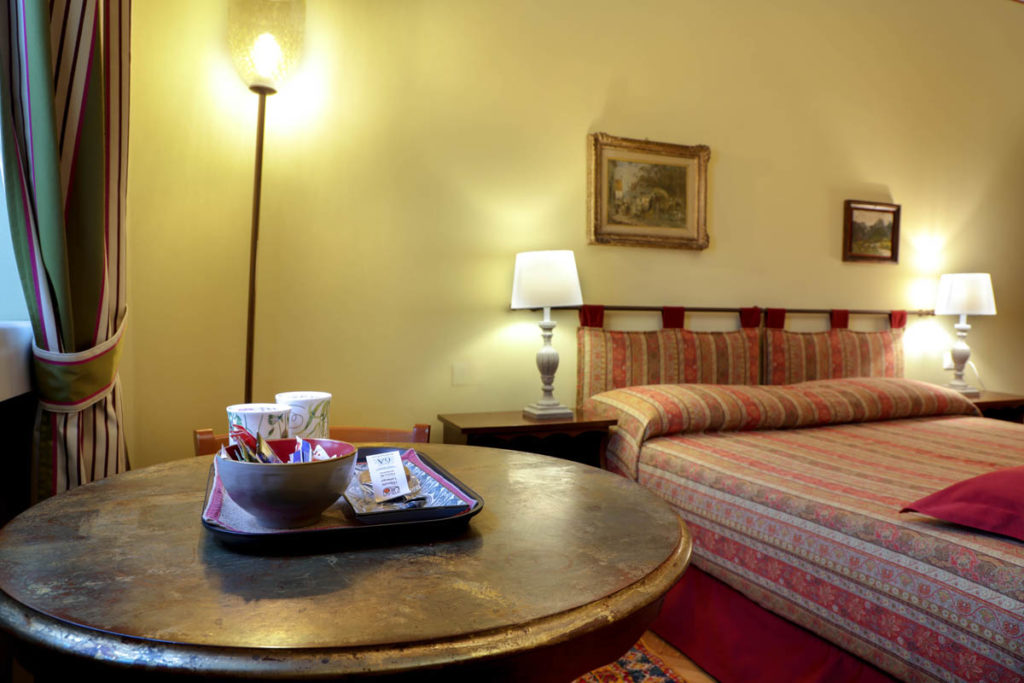
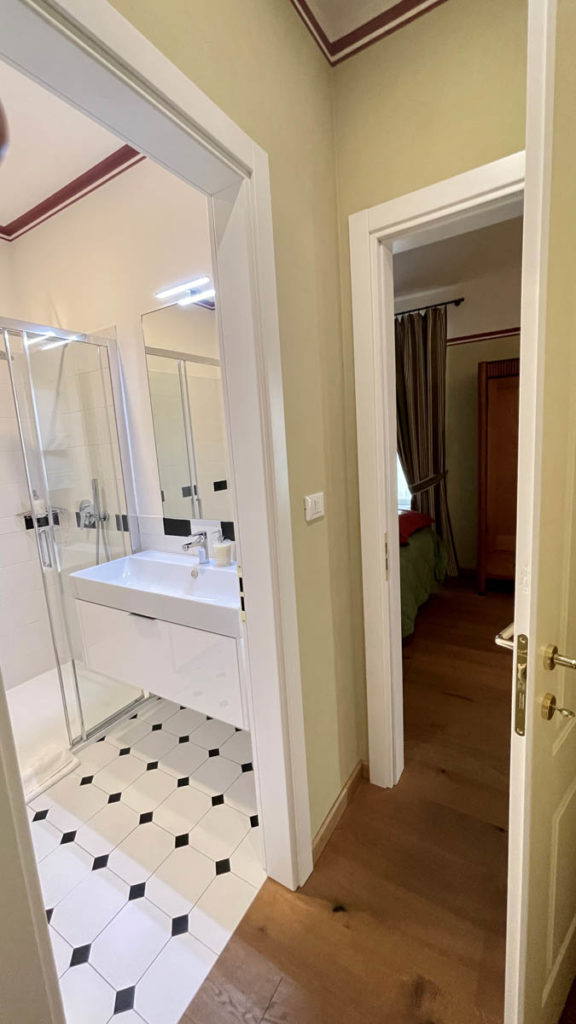
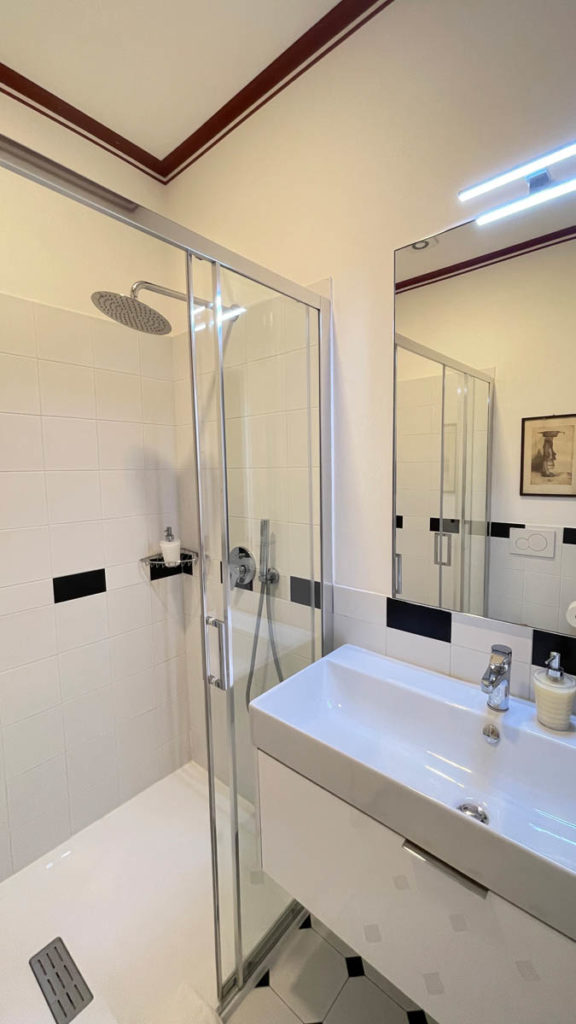
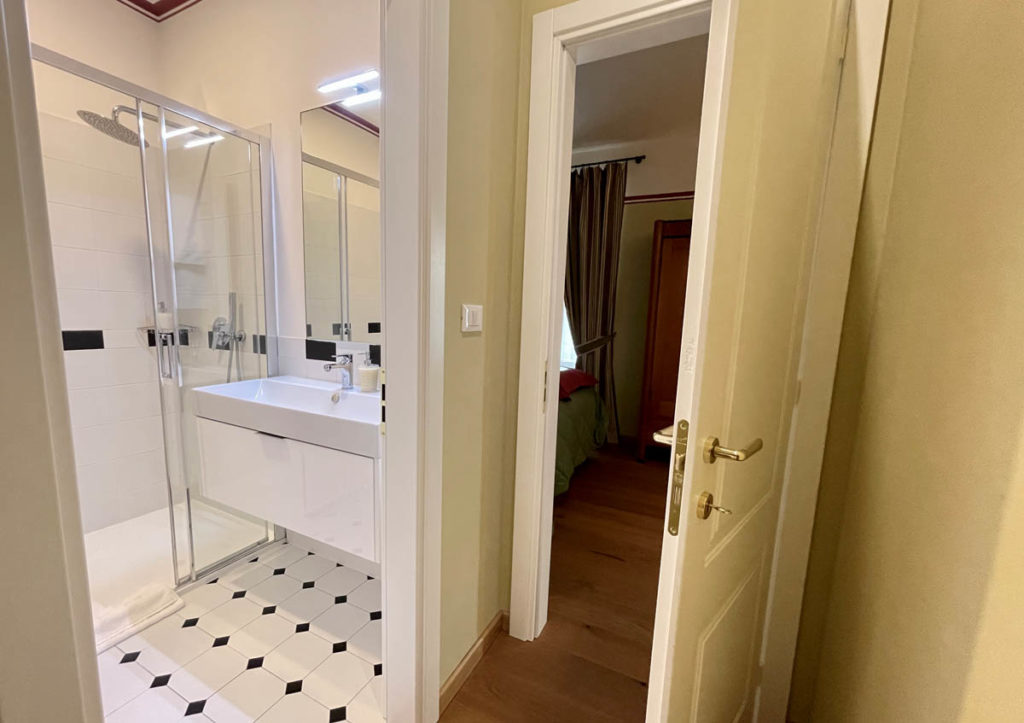
Nora
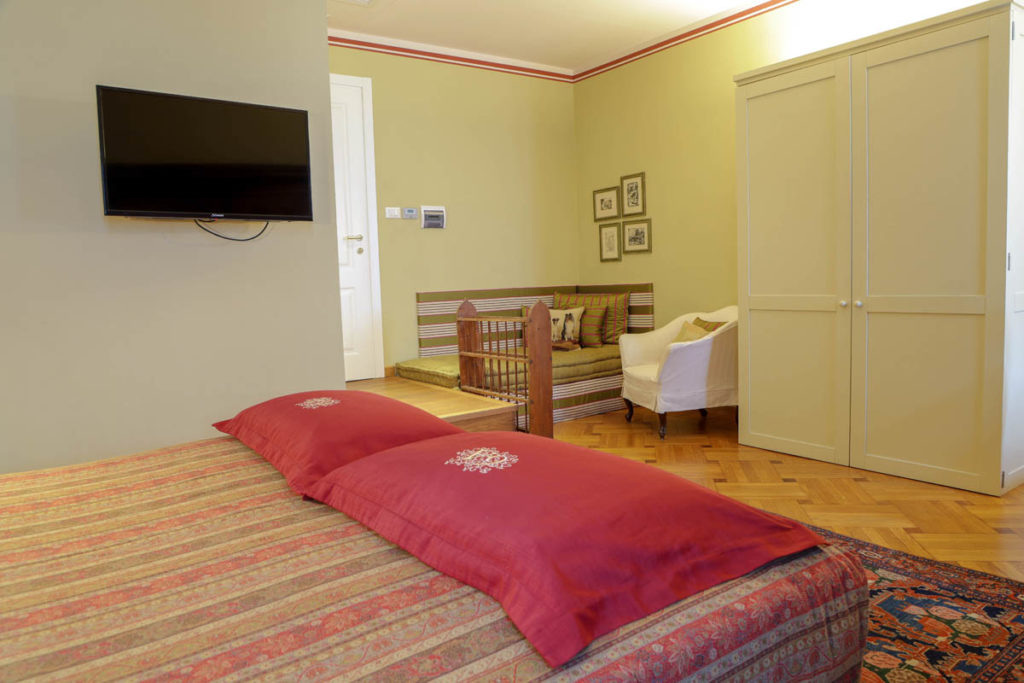
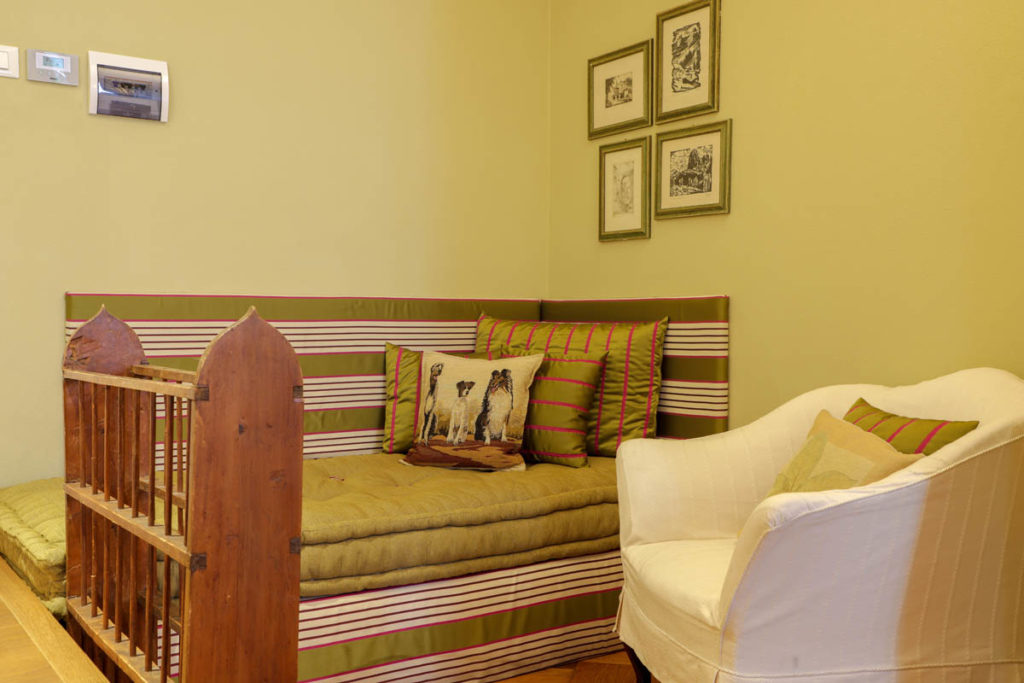
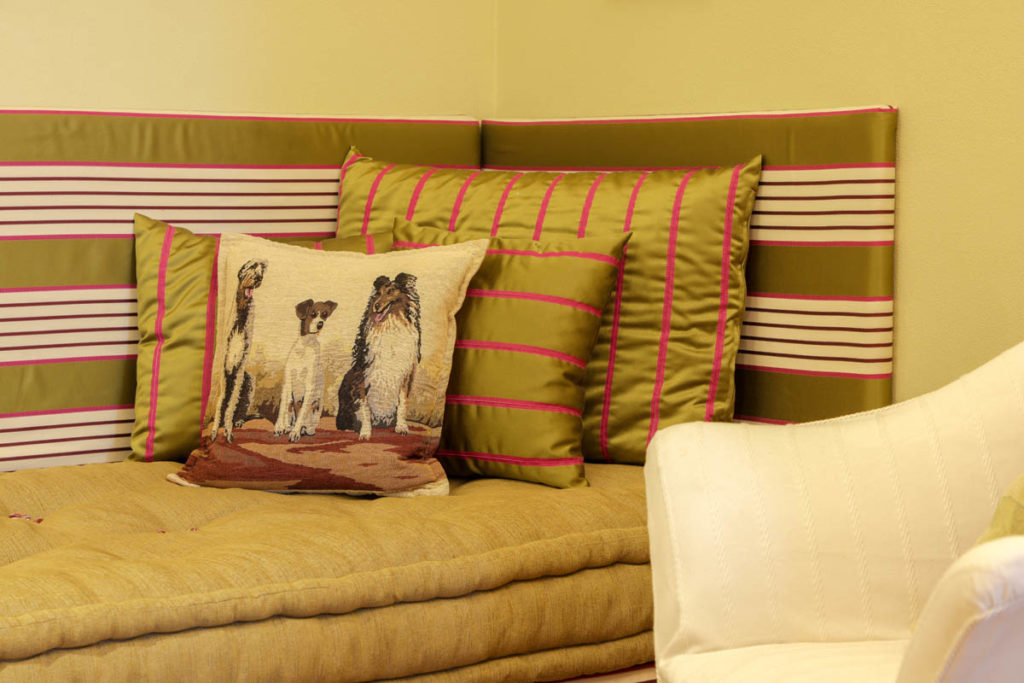

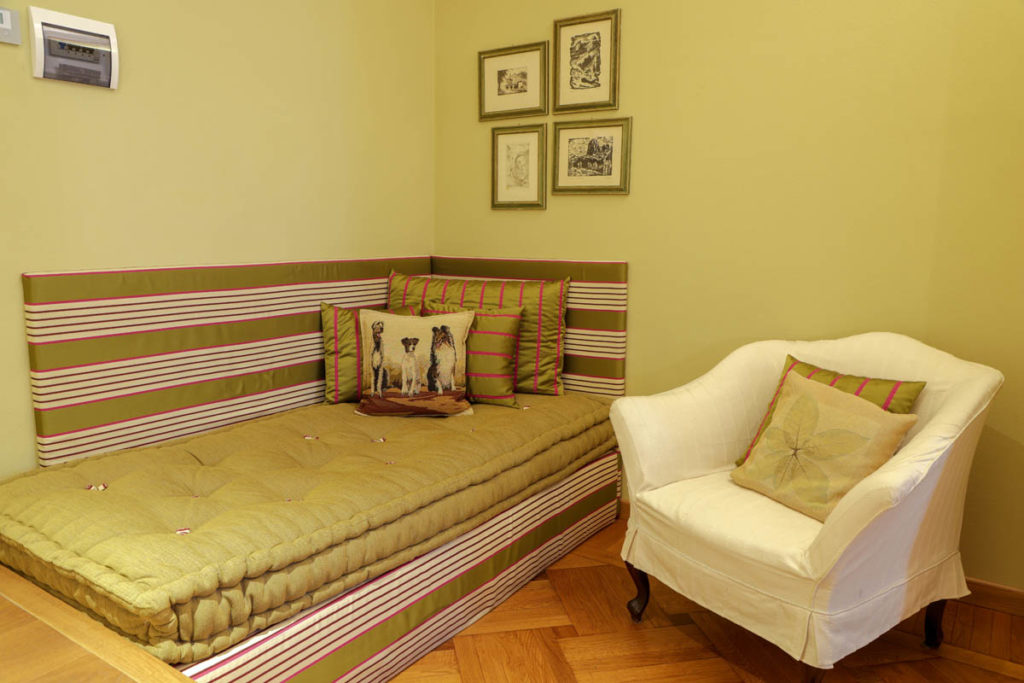
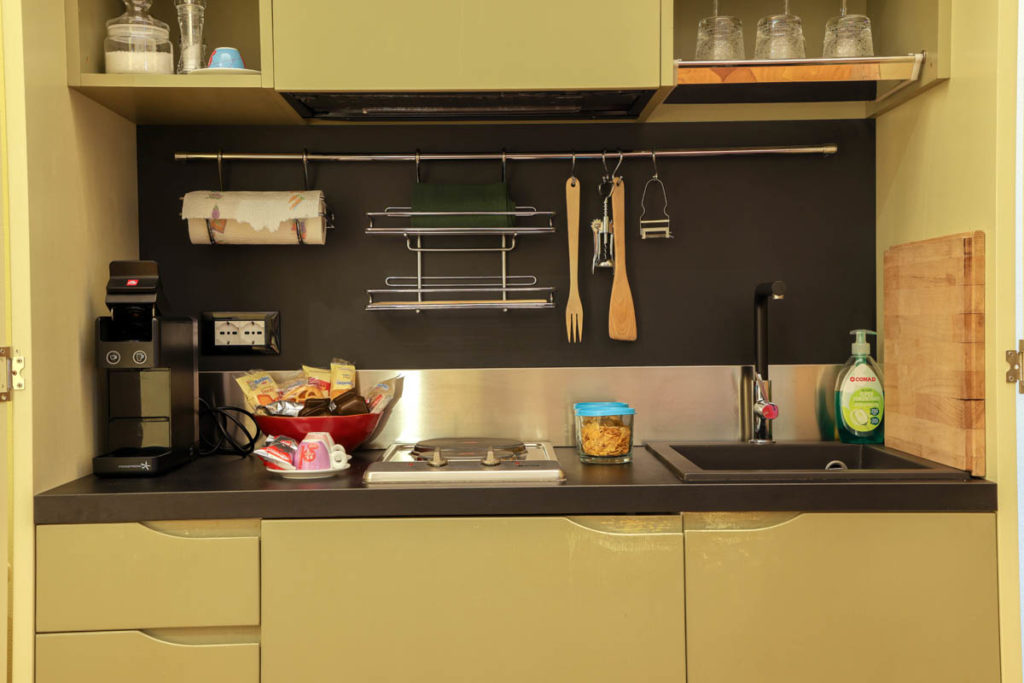
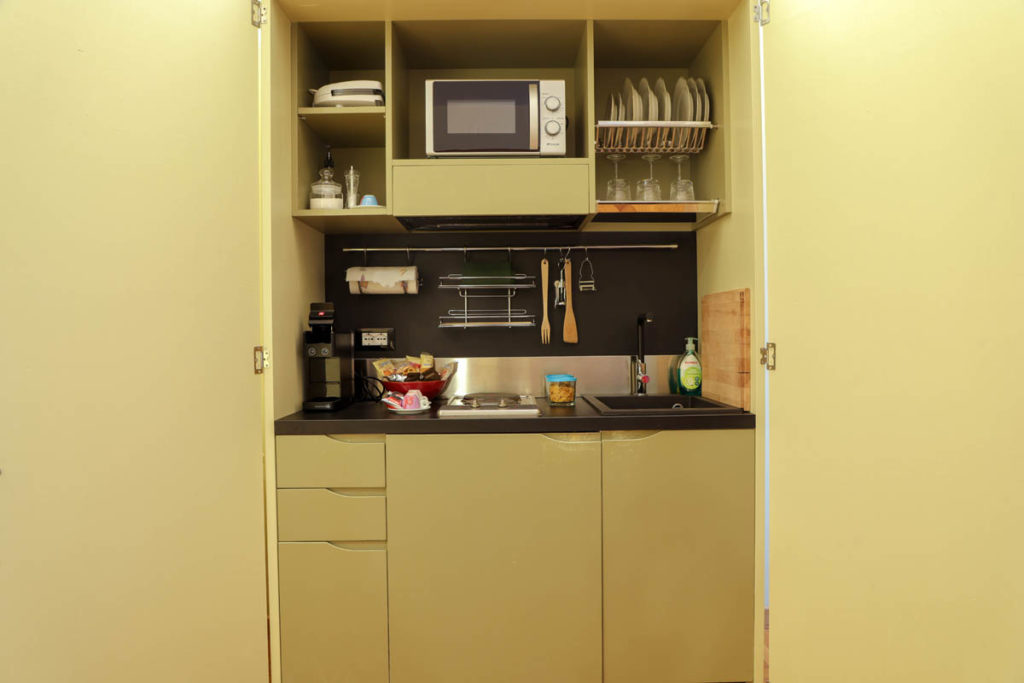
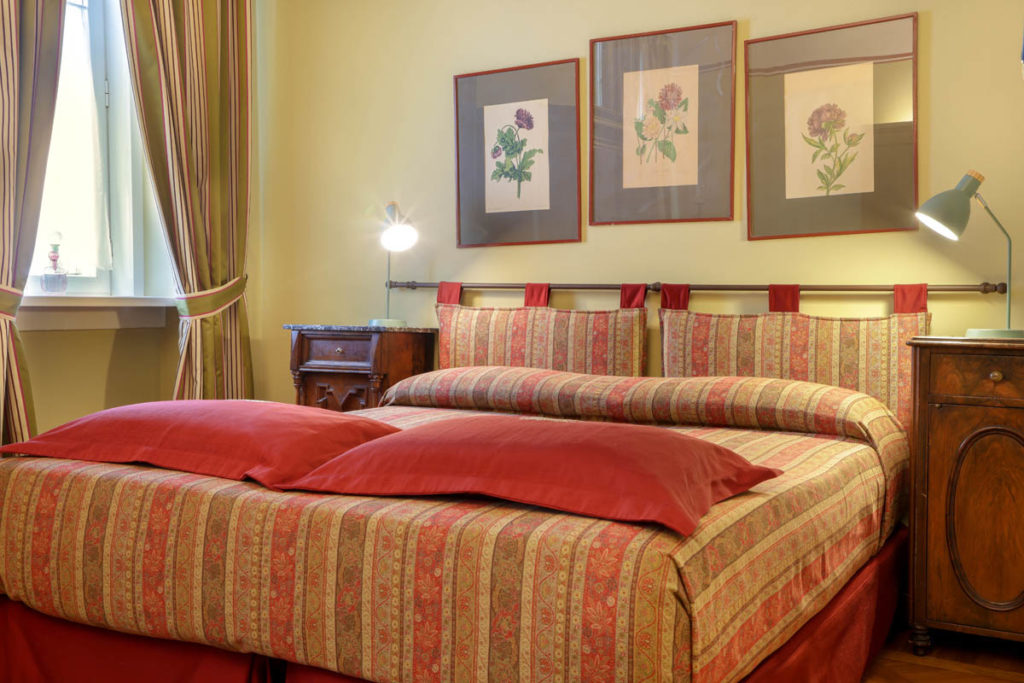
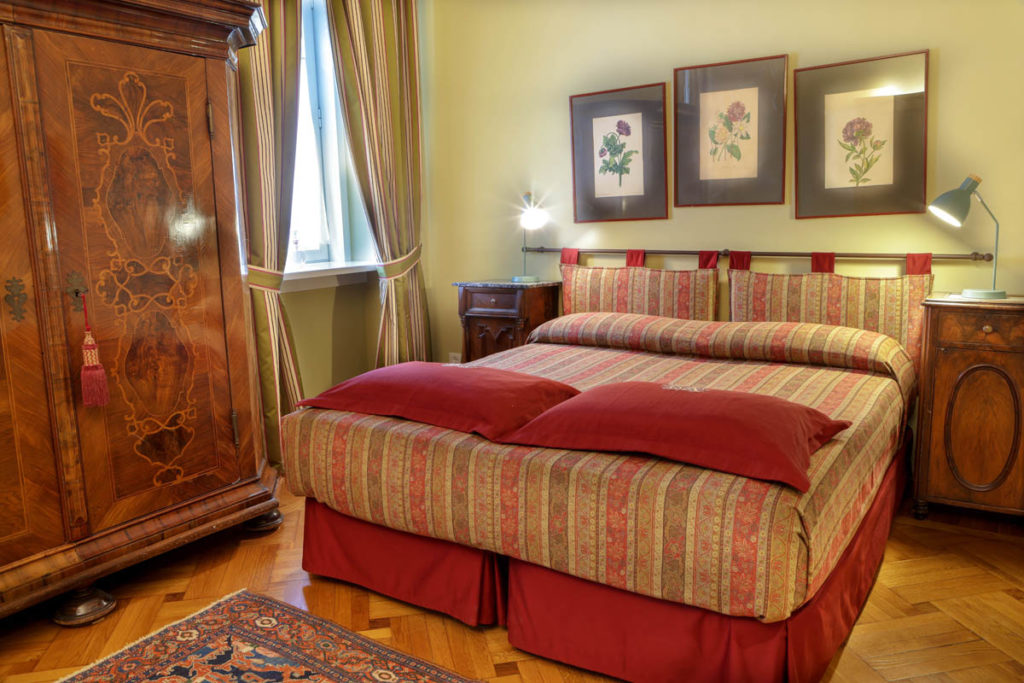
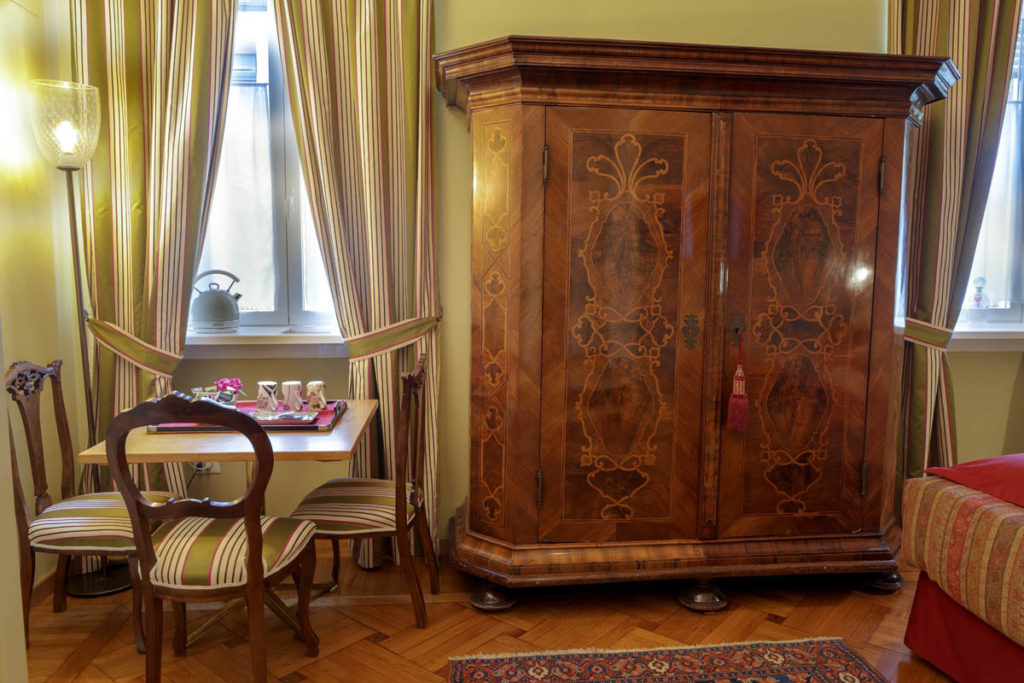
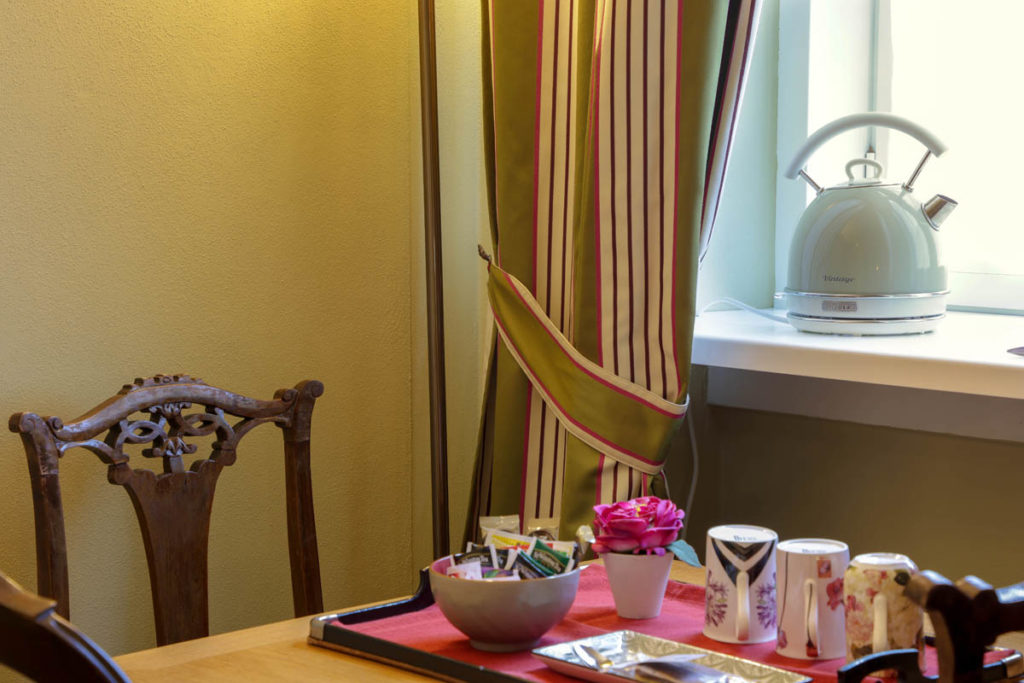
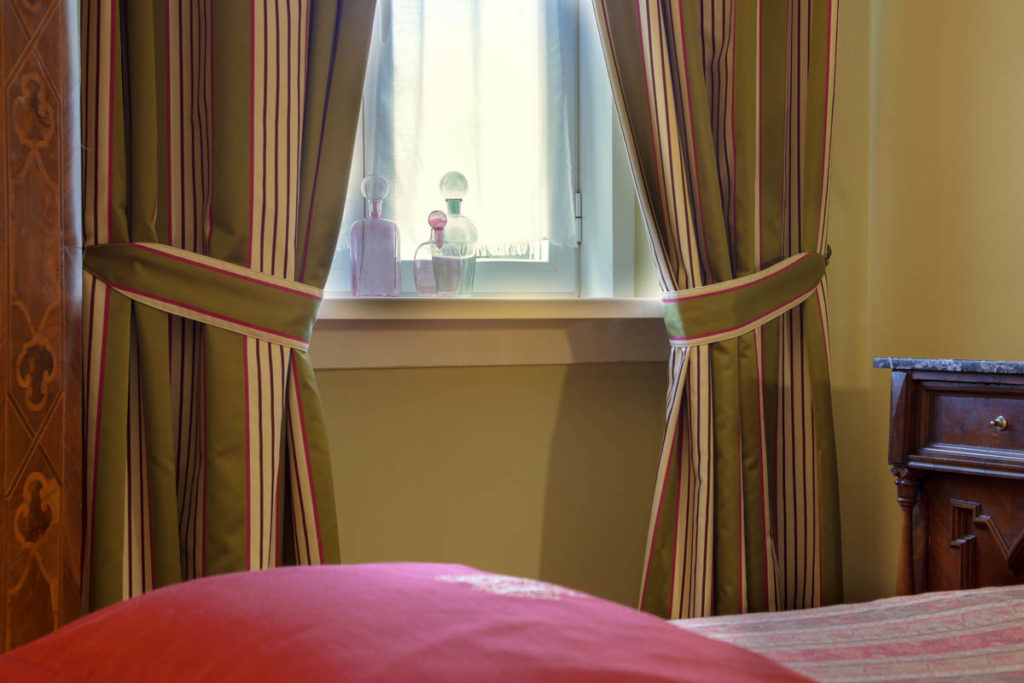
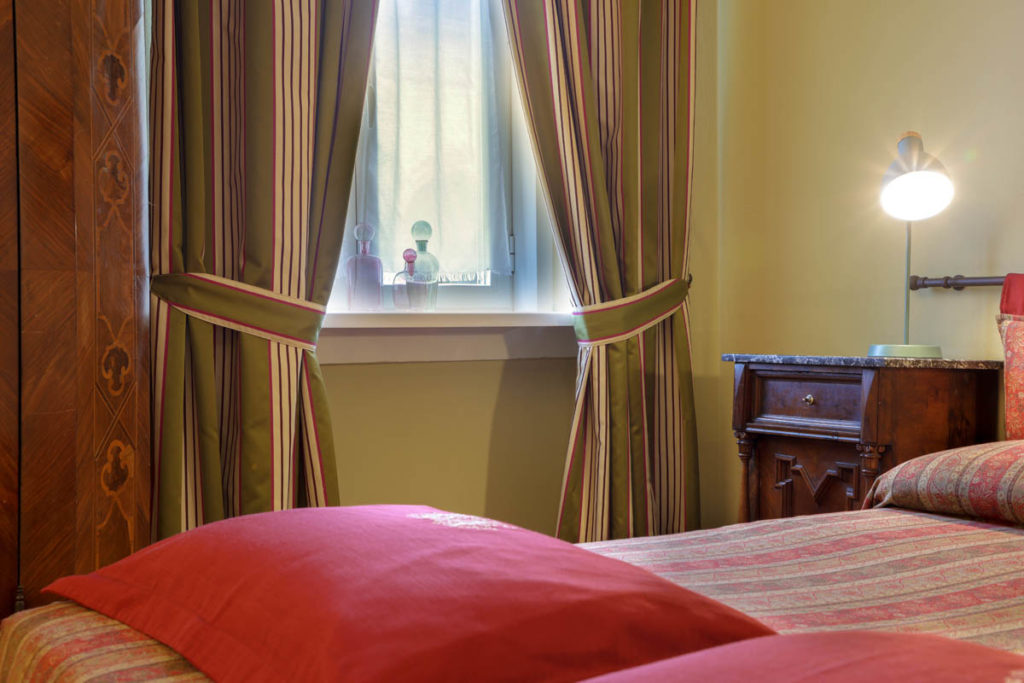
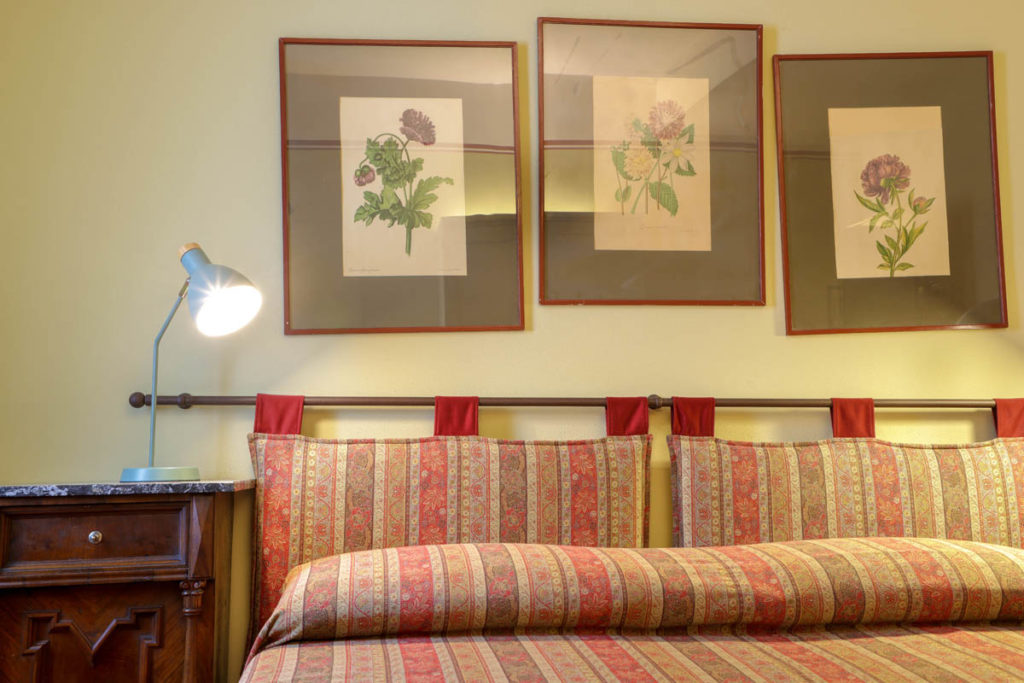




The theatrical text focuses heavily on adultery, and is most likely rooted in attempts by Roberto Prezioso, a friend of Joyce’s and the editor-in-chief of the local newspaper Il Piccolo, to seduce Nora Barnacle, Joyce’s life partner.
Stanislaus
It appears that Joyce made the decision to publish this collection only after a long discussion with his brother, Stanislaus, while on an evening stroll in Piazza delle Poste.
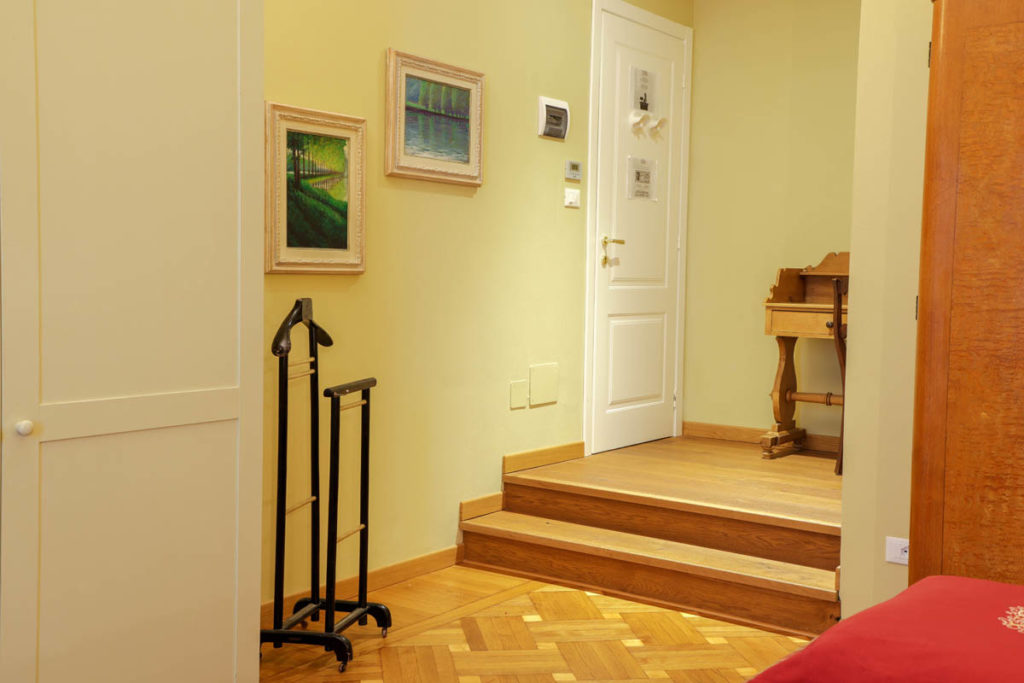
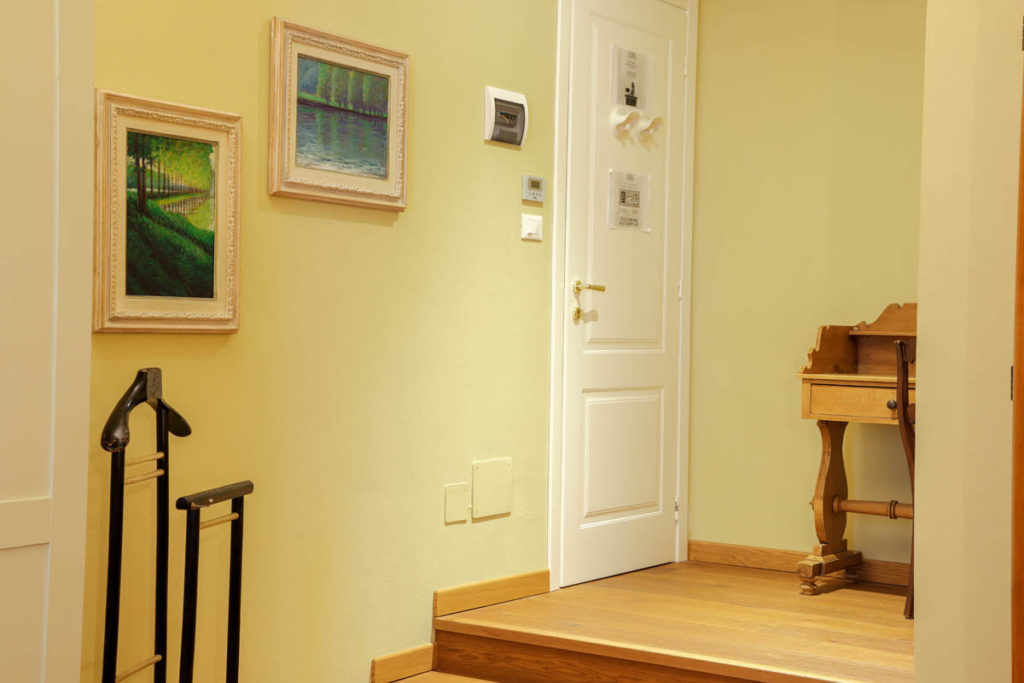
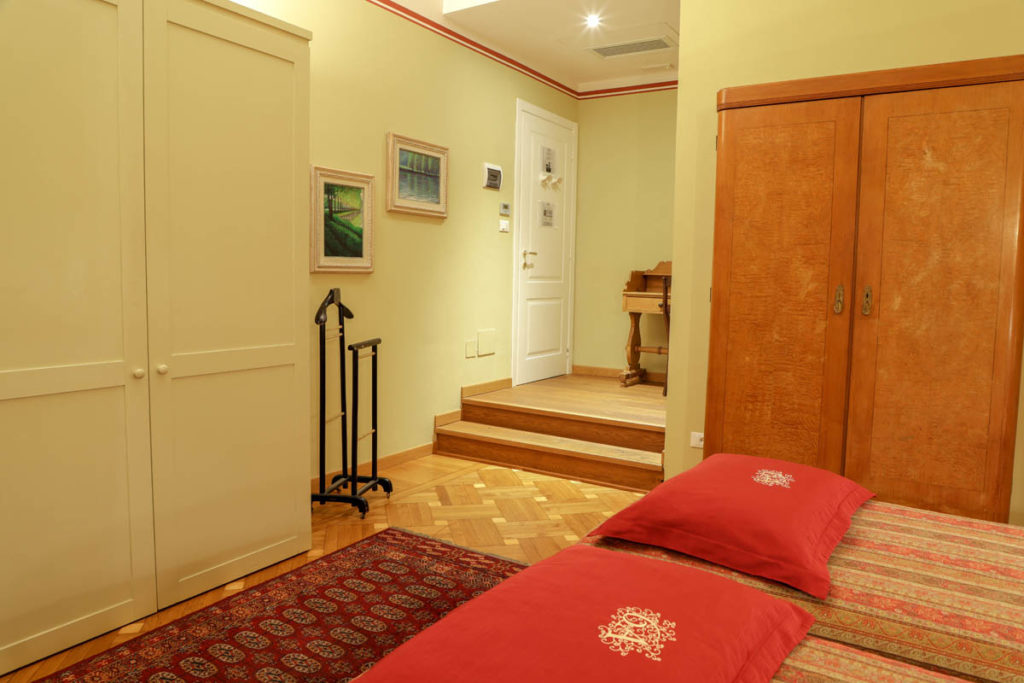
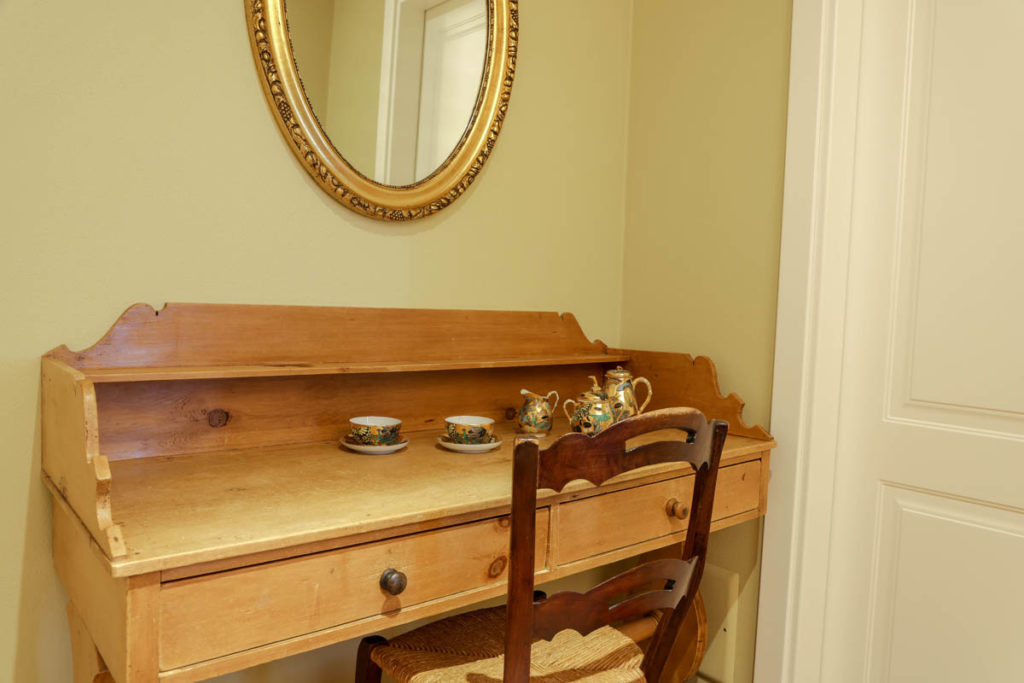
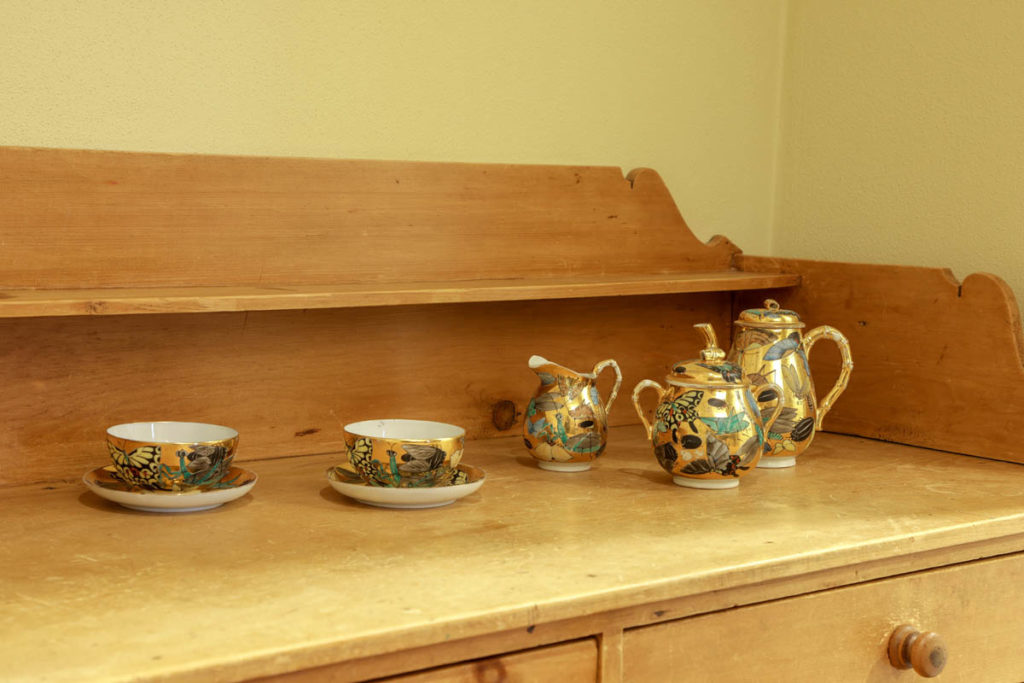
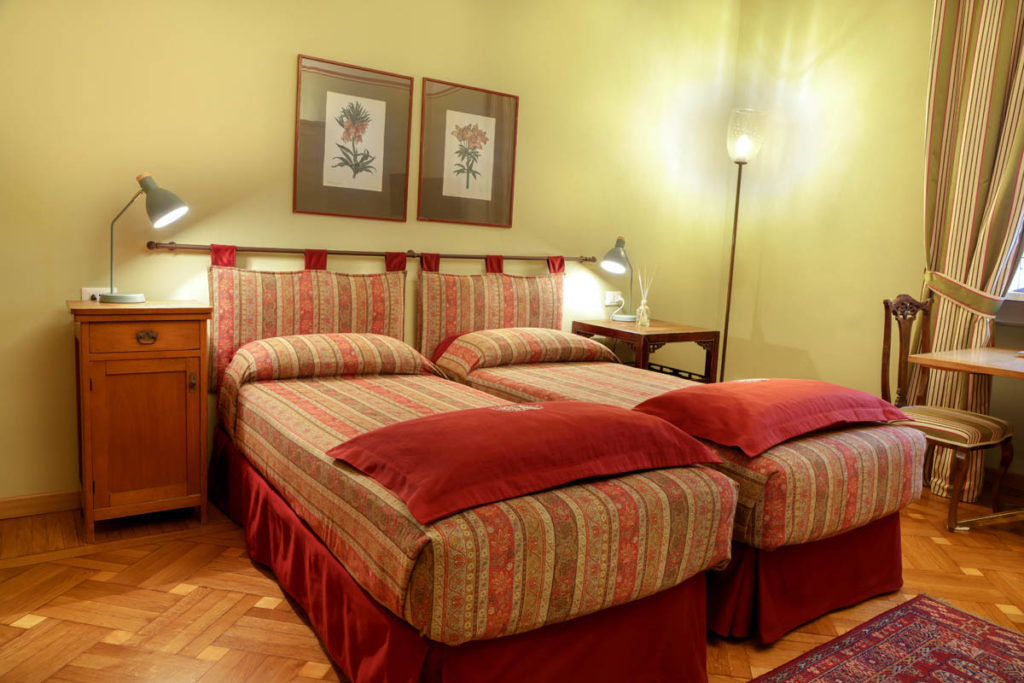

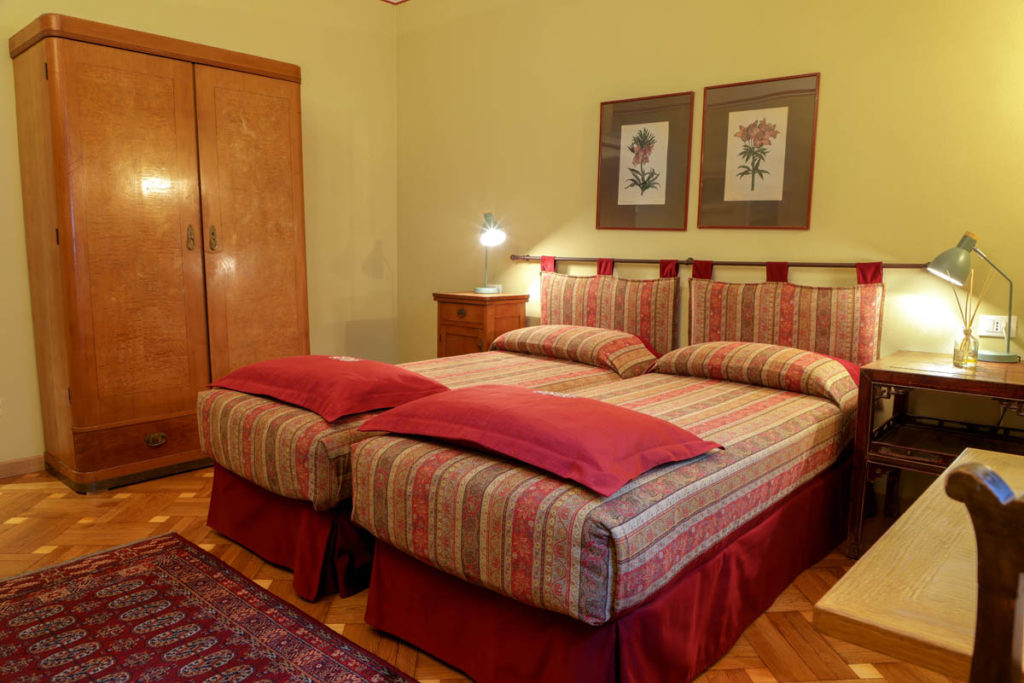
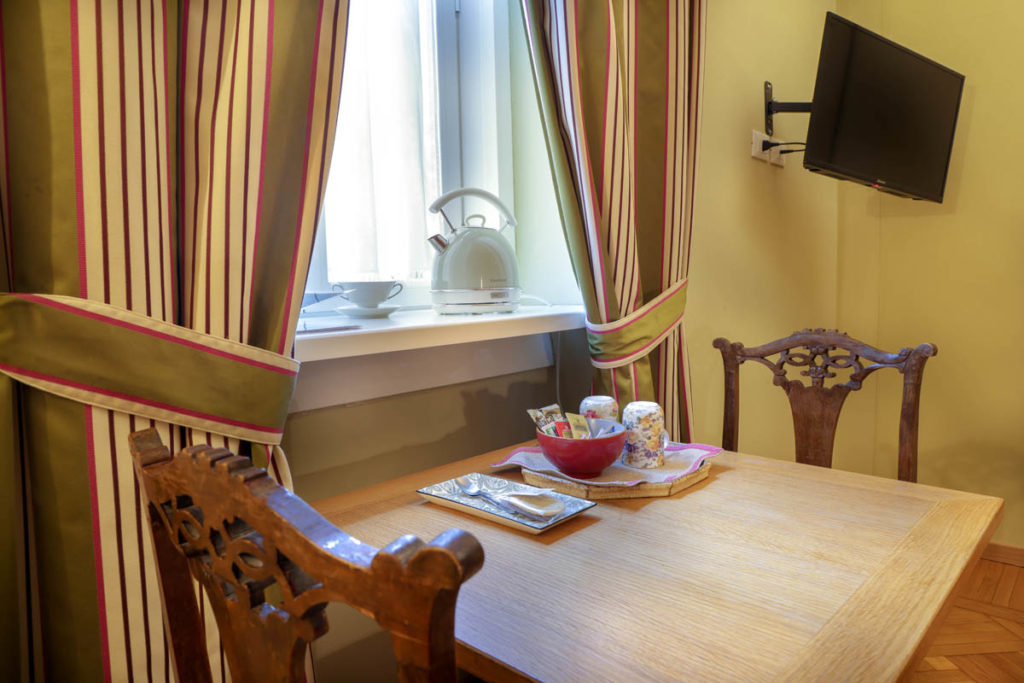



Eileen
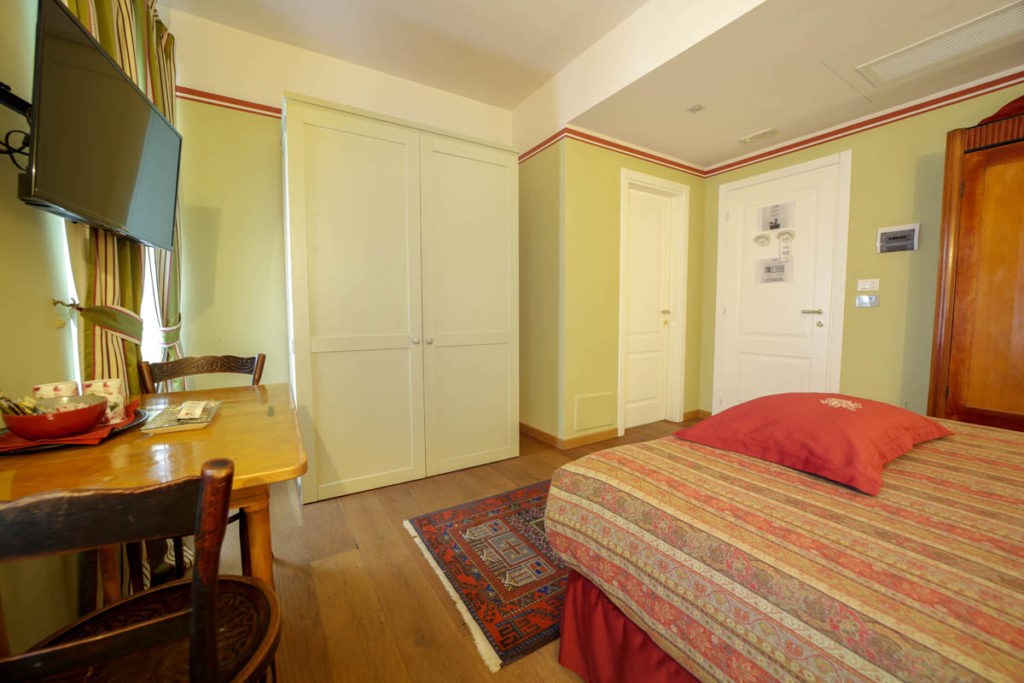
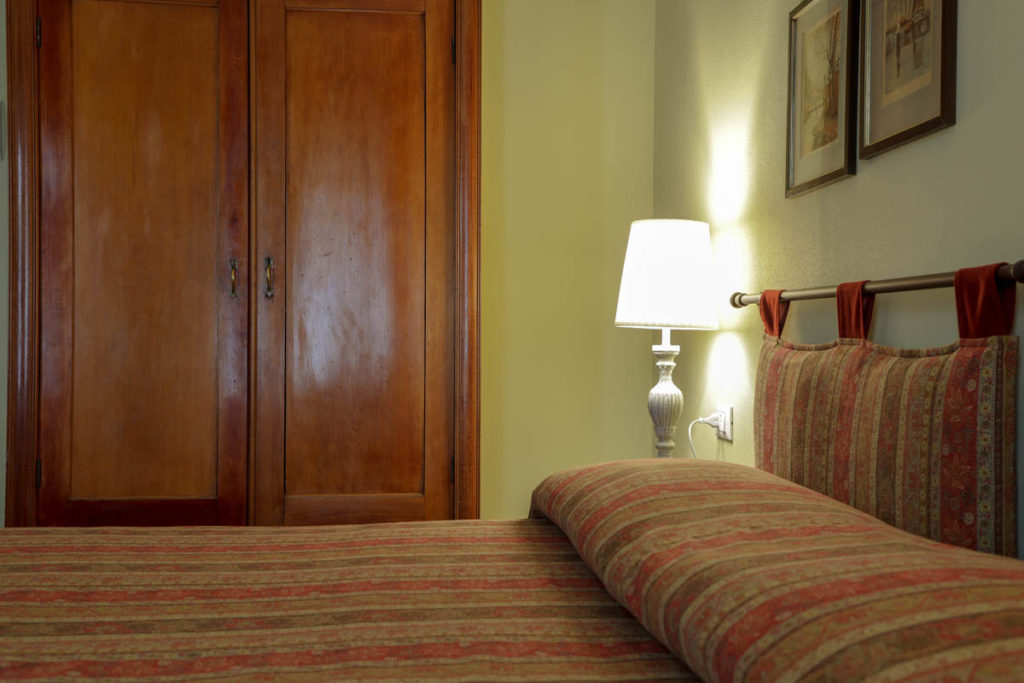
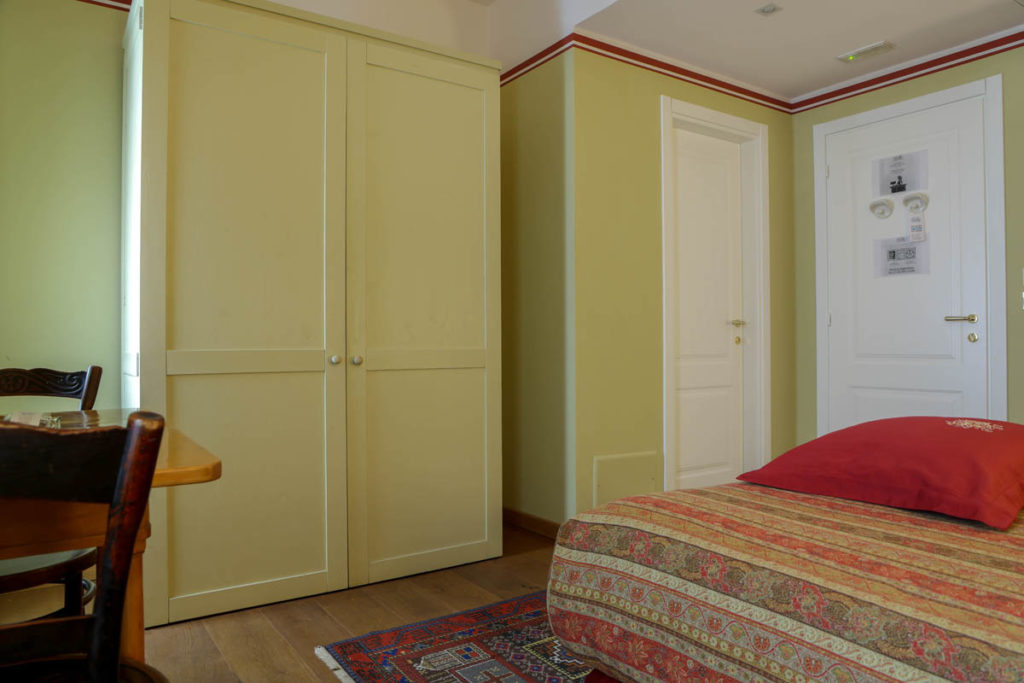
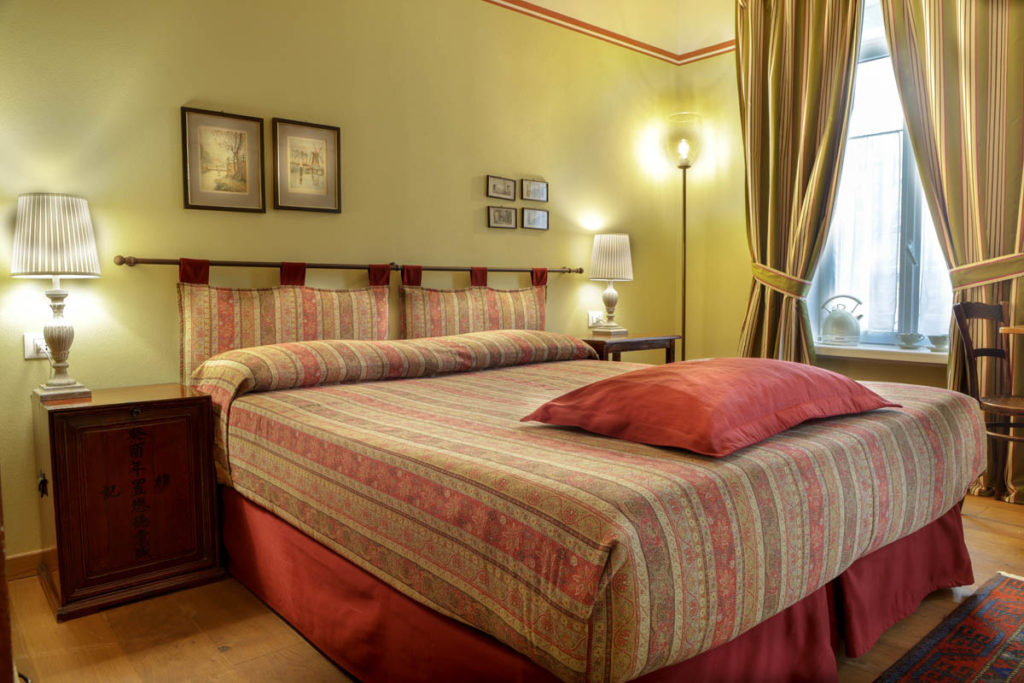
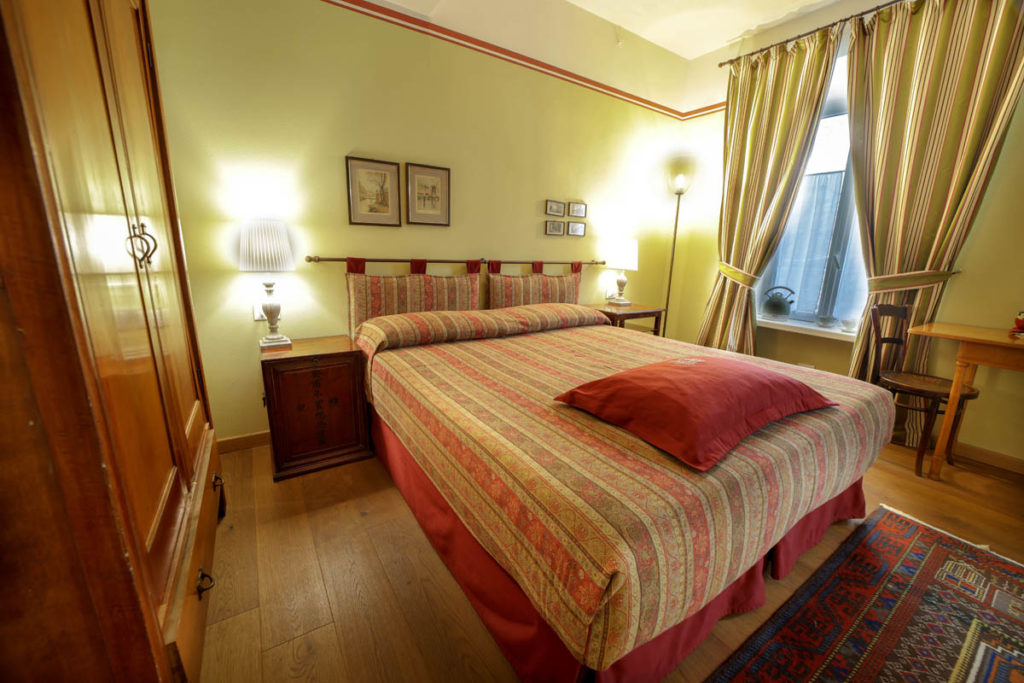
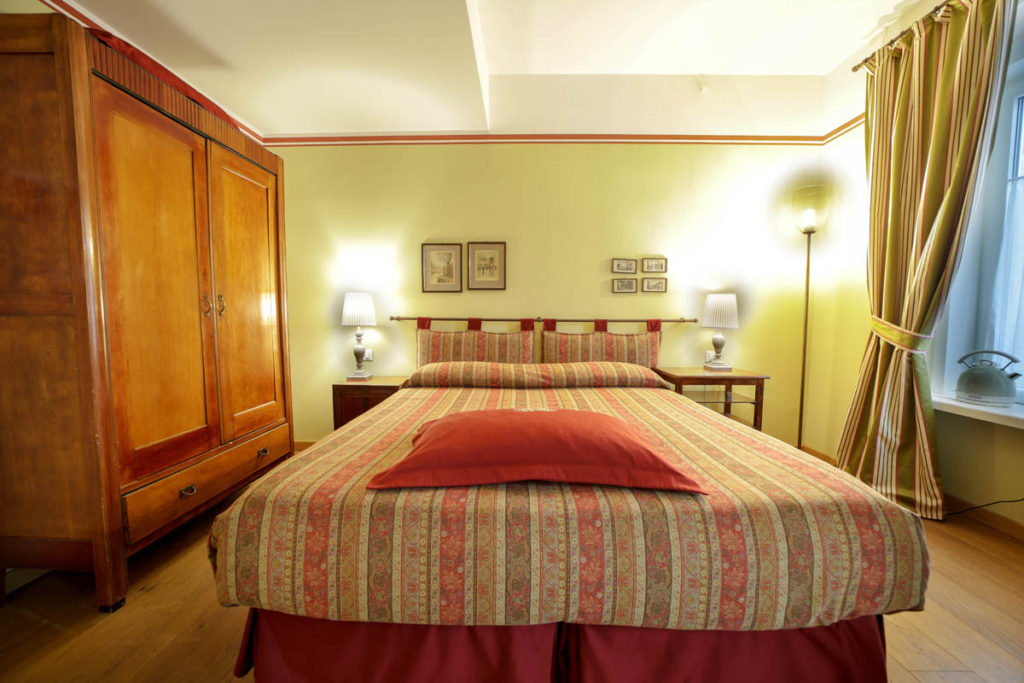
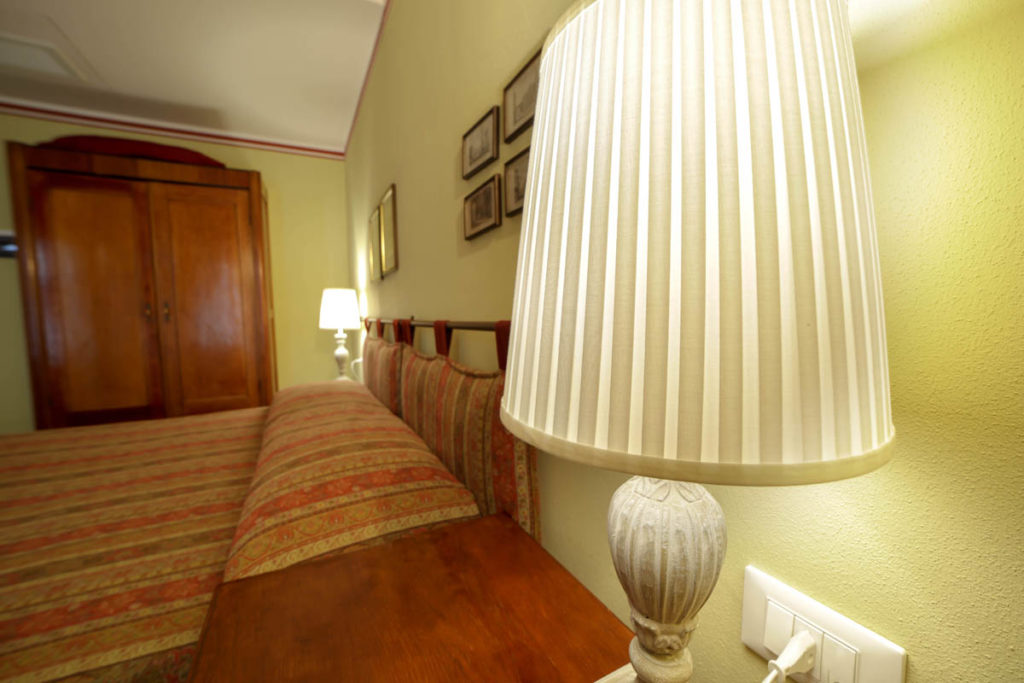
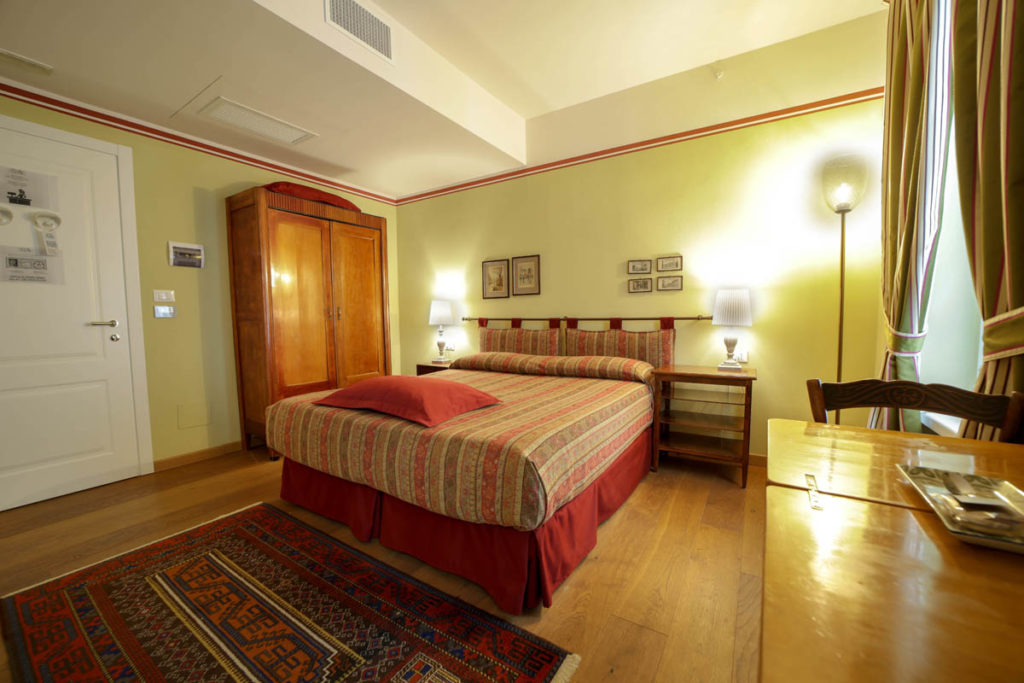
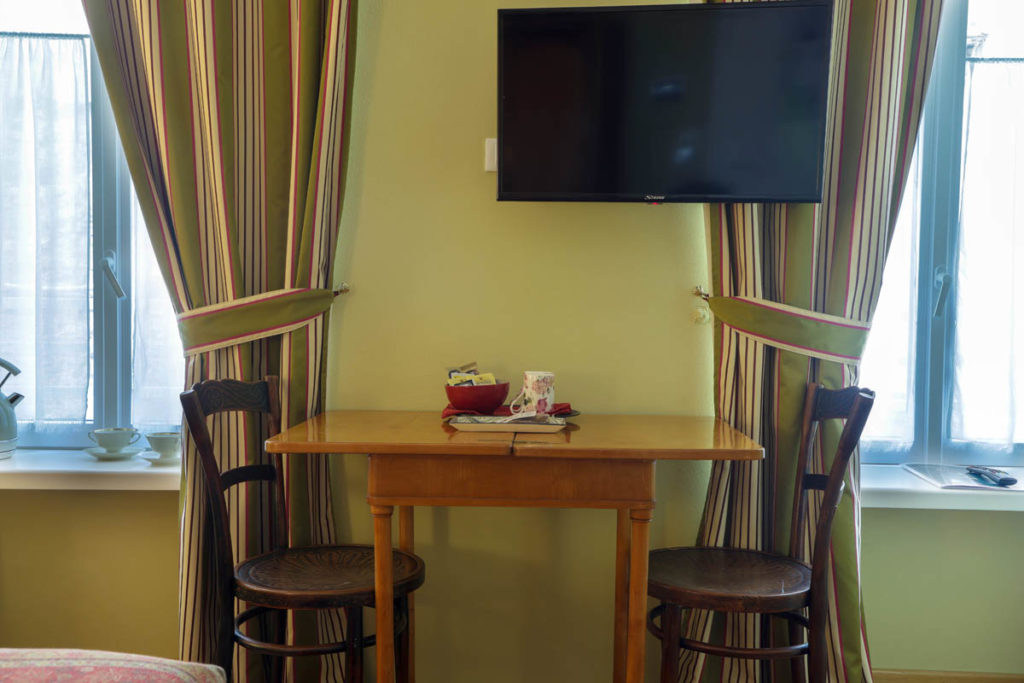
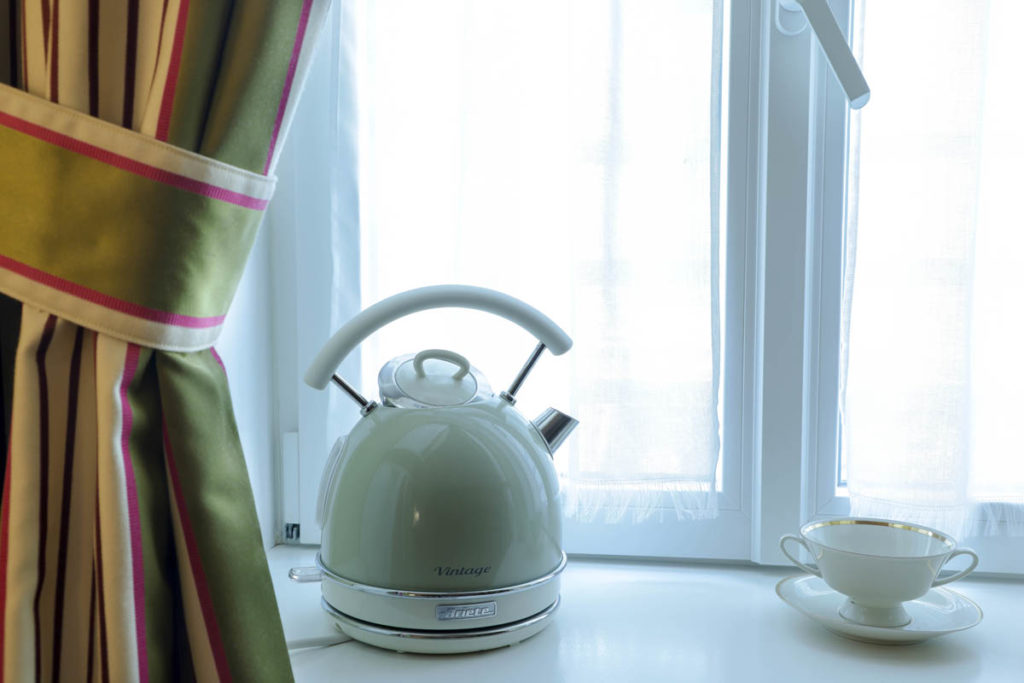
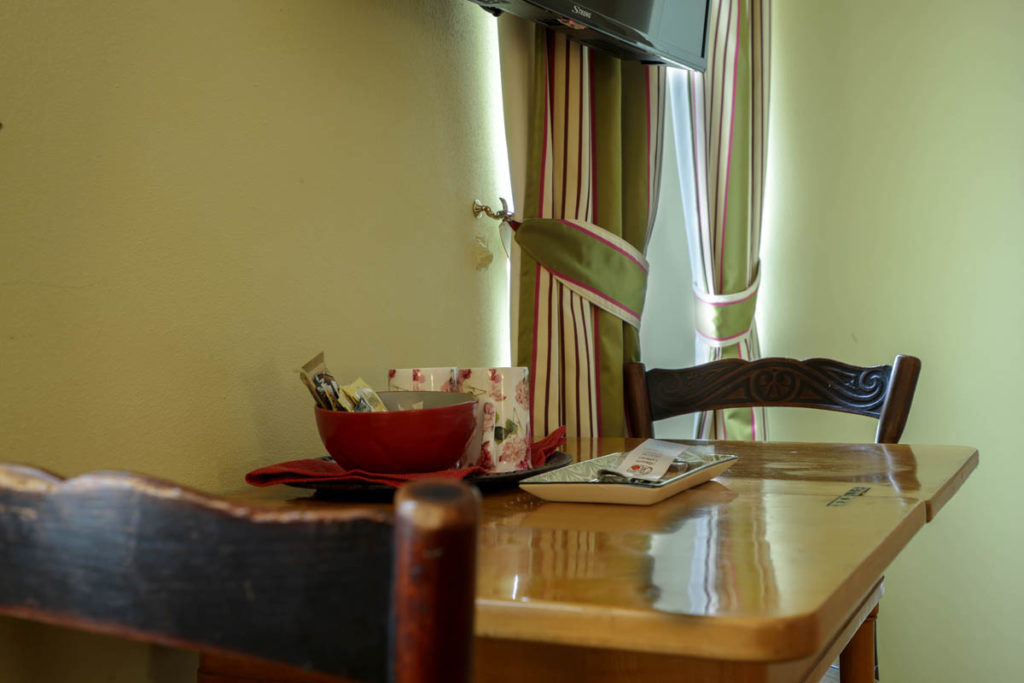
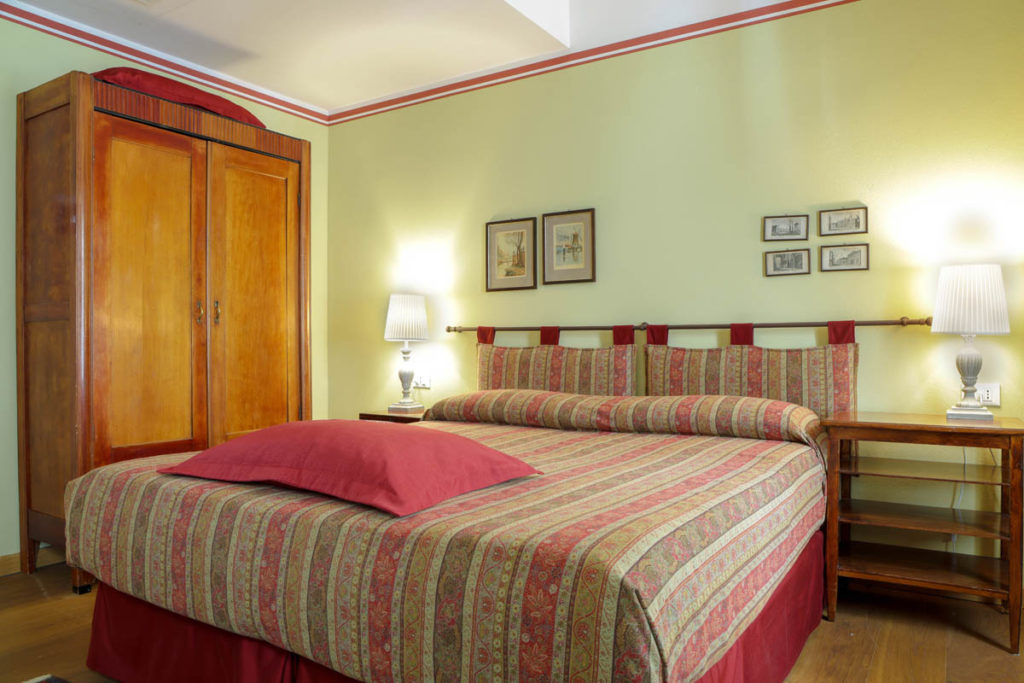
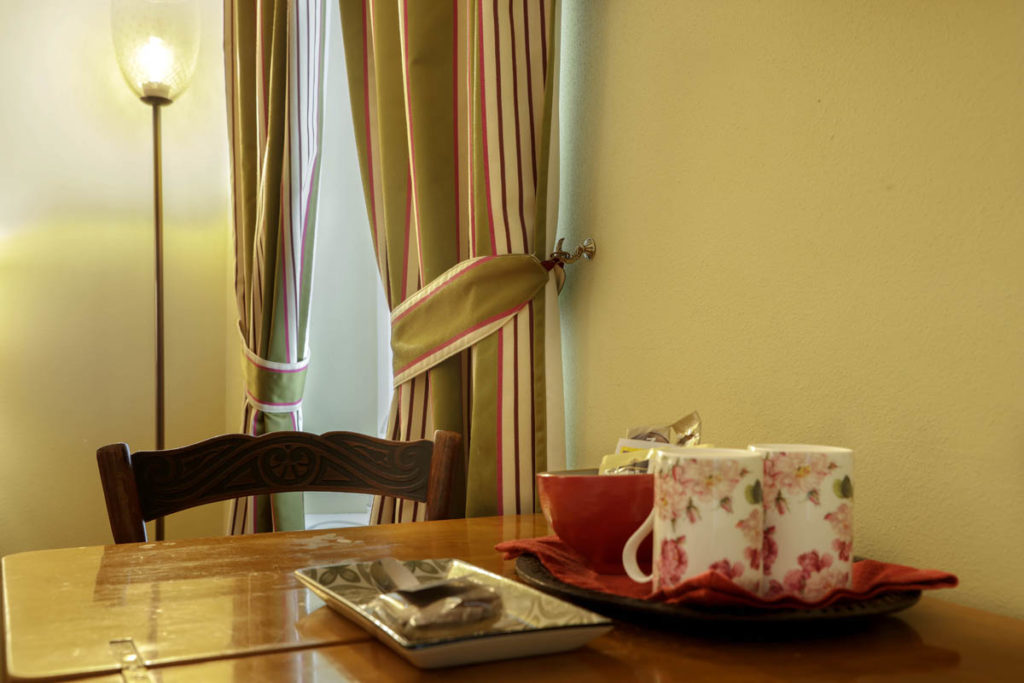
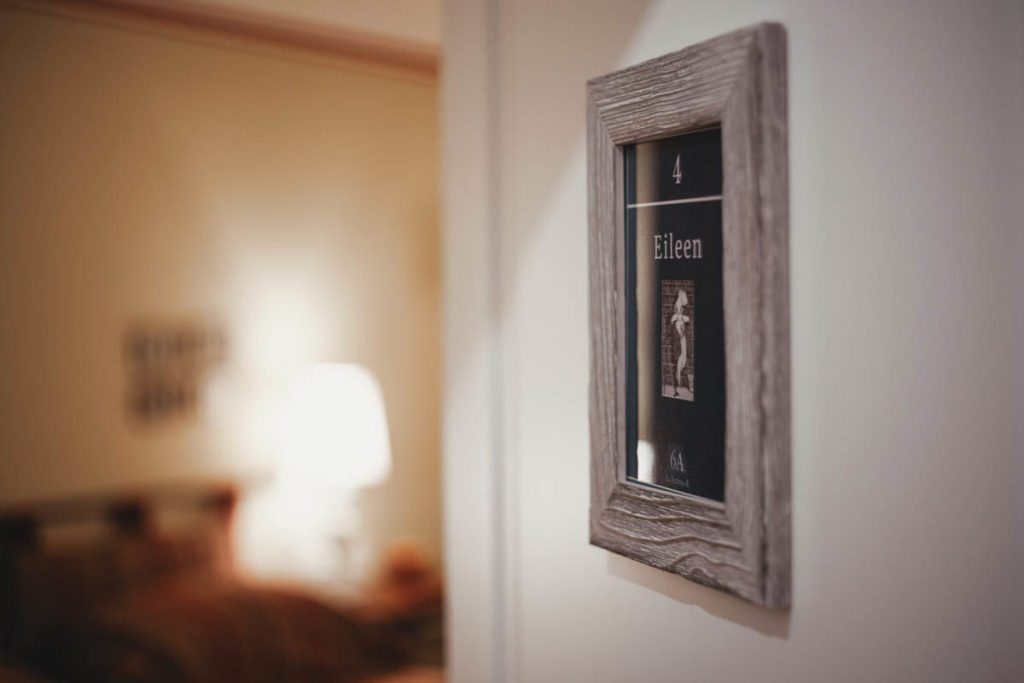



In 1911, following a heated argument with Nora, Joyce tossed the manuscript into the fireplace. It was only the rapid intervention of his sister, Eileen, who had moved to Trieste in 1910, that saved it from the flames.
Sinico
The city of Trieste does not have a large part to play in these stories, aside from the use of the name Sinico, borrowed from Francesco Sinico, from whom Joyce took singing lessons from 1905-1906.
